The Volcanic Connection
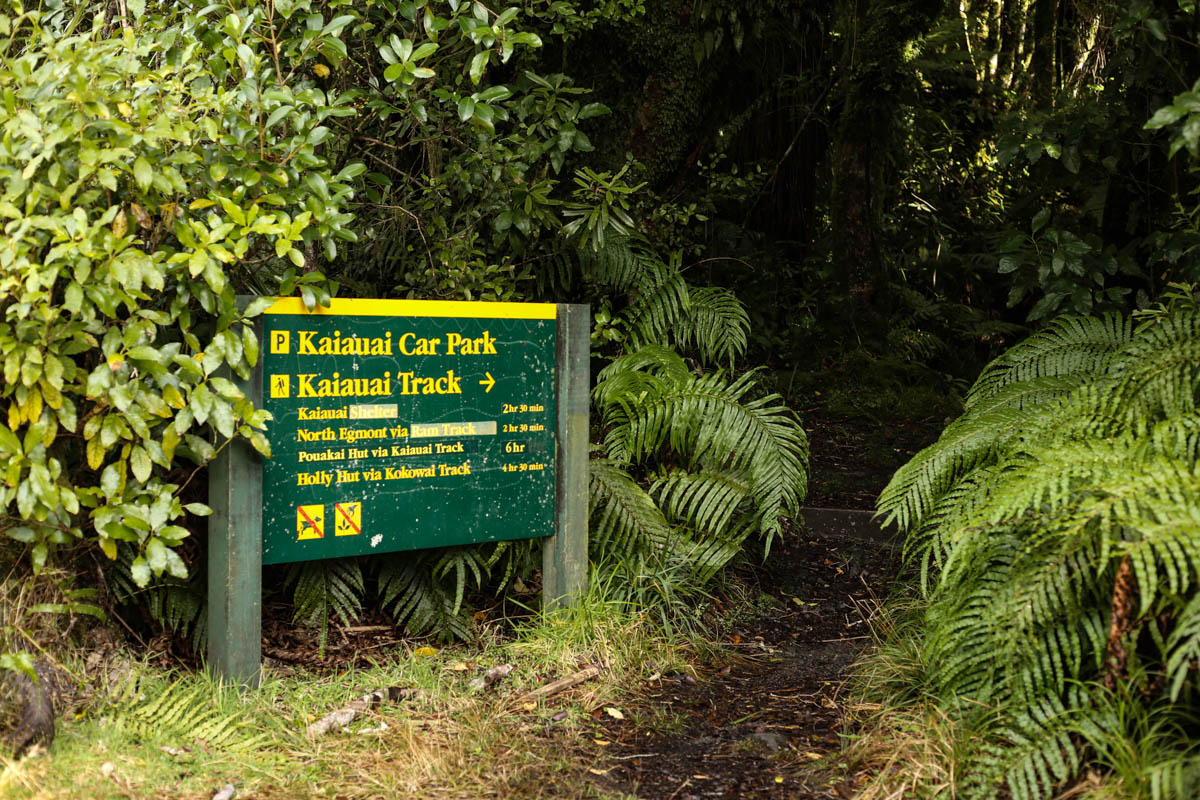
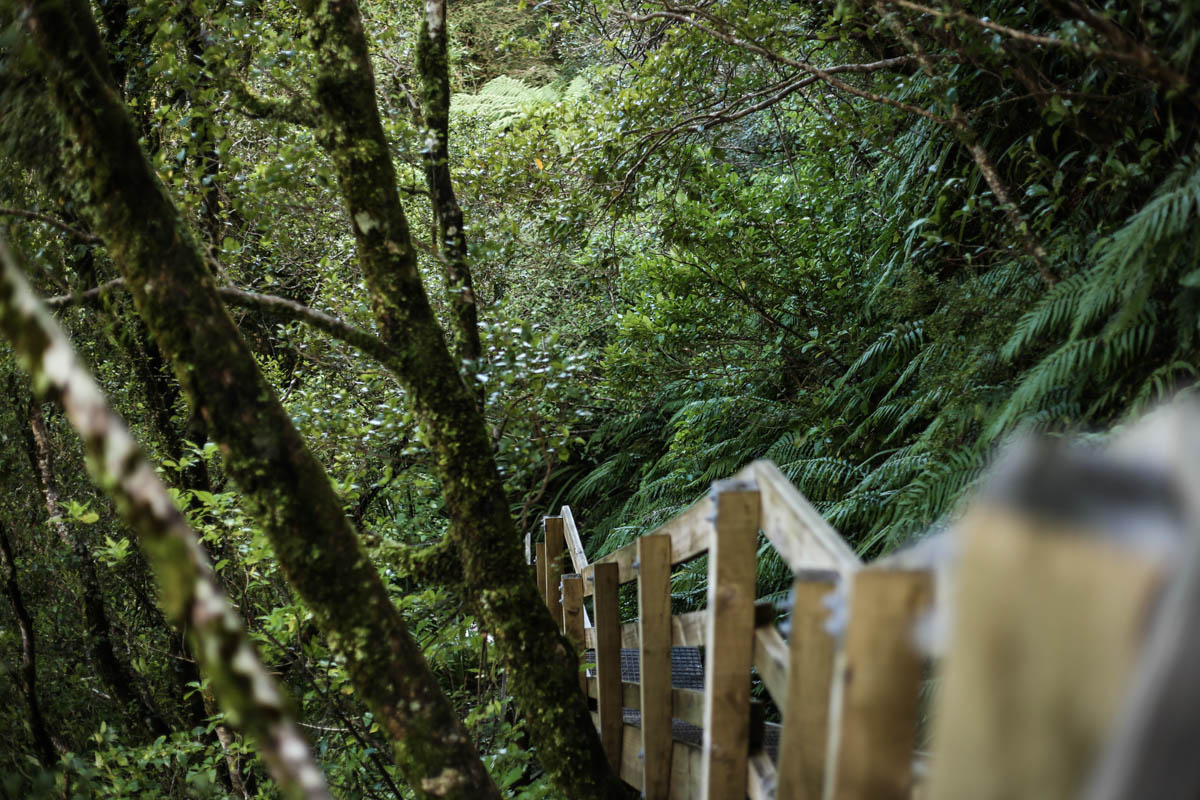
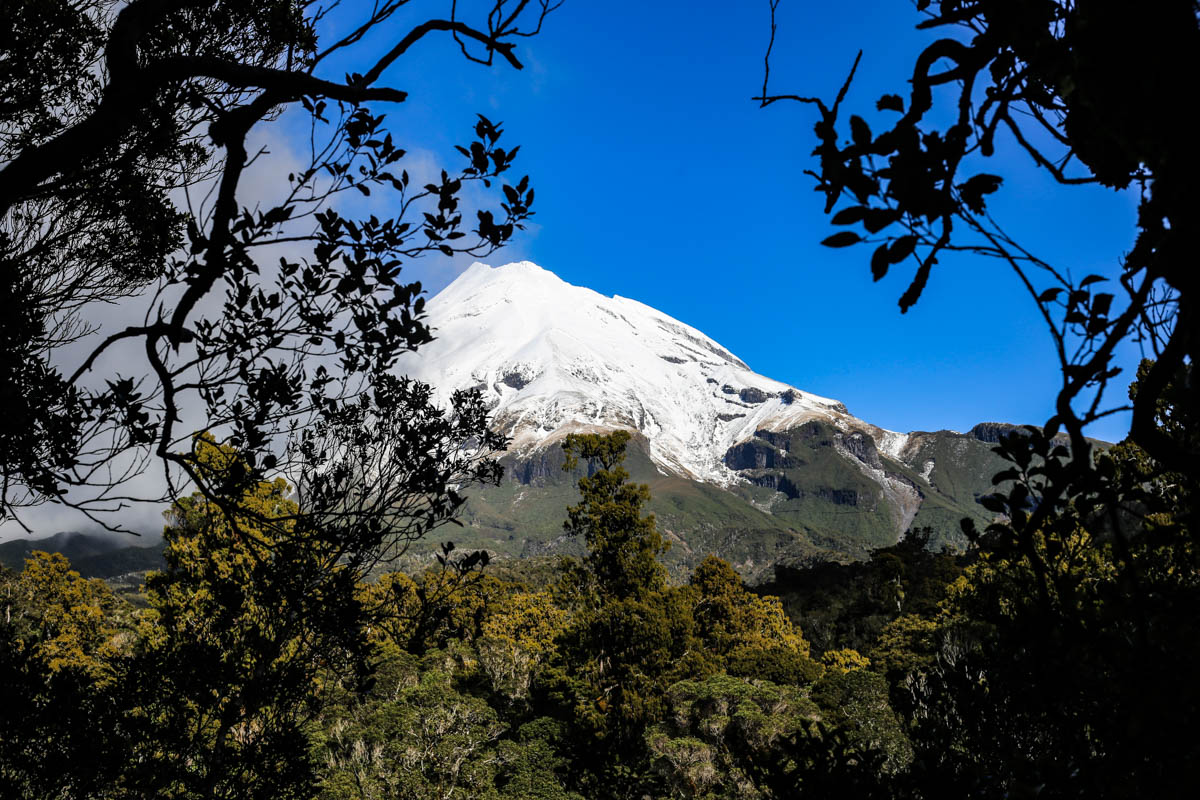
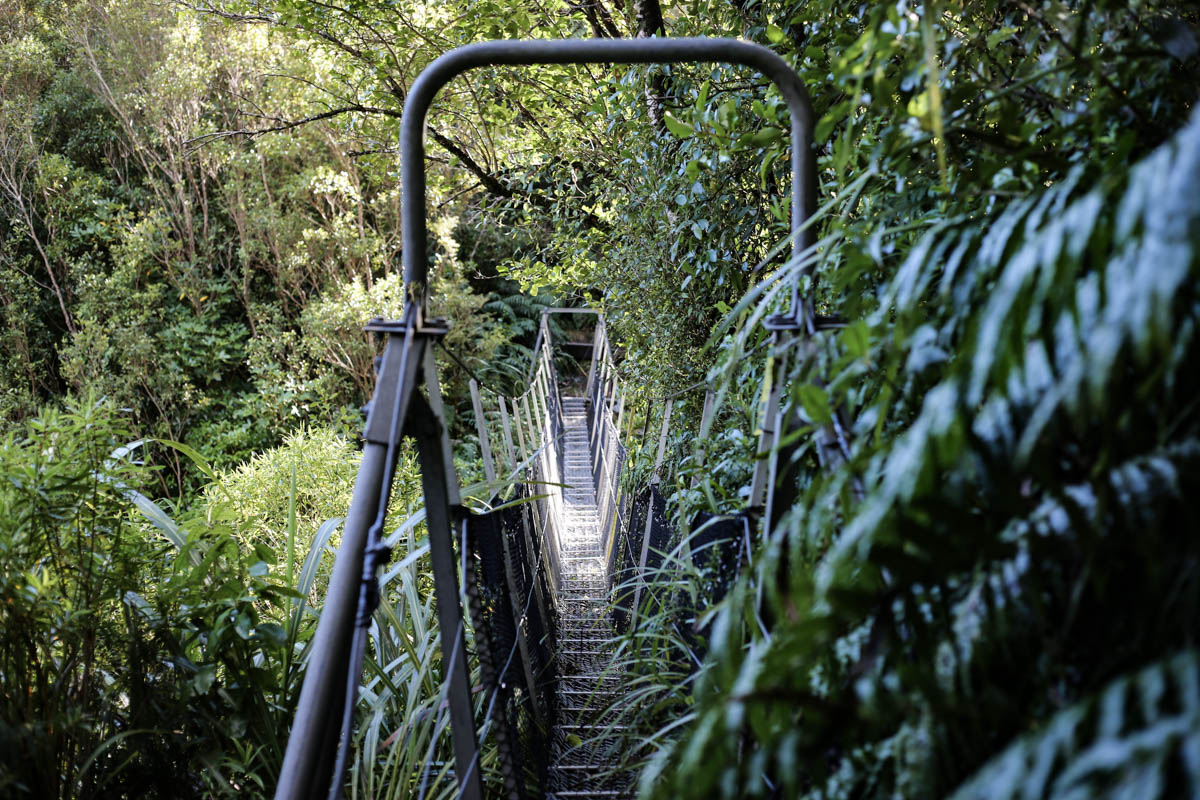
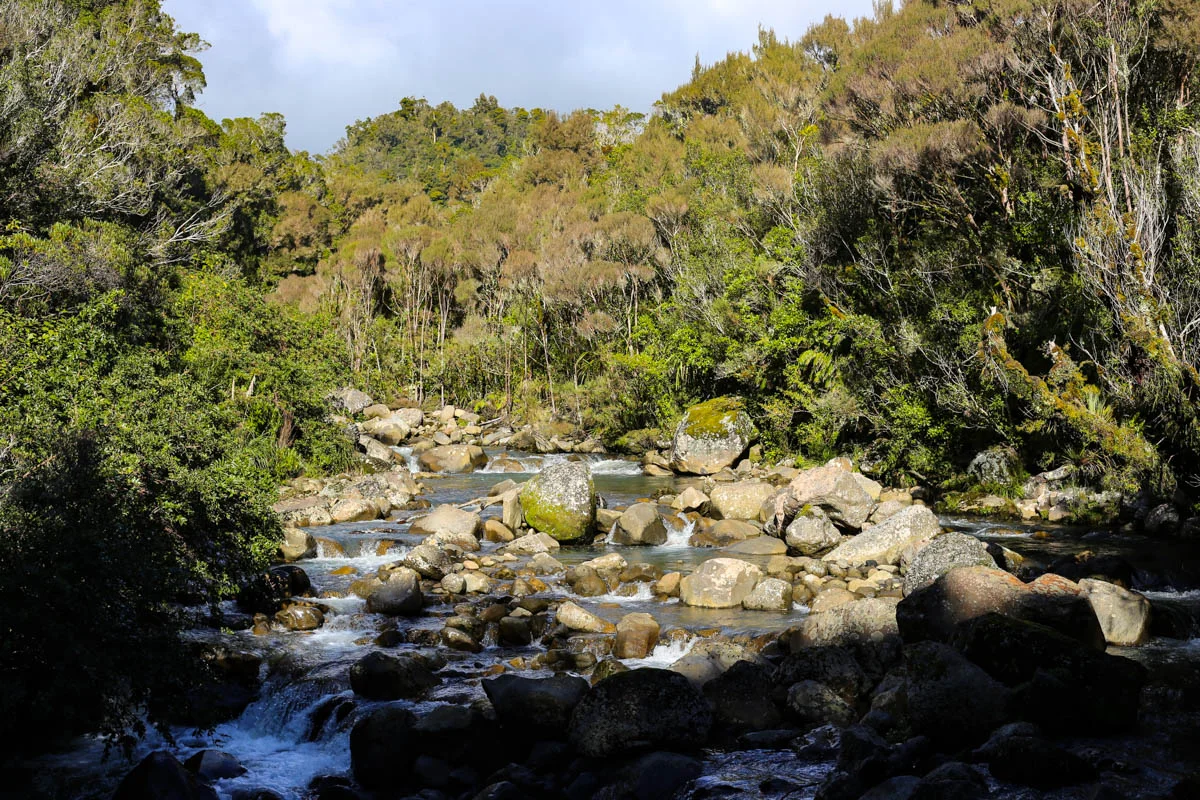
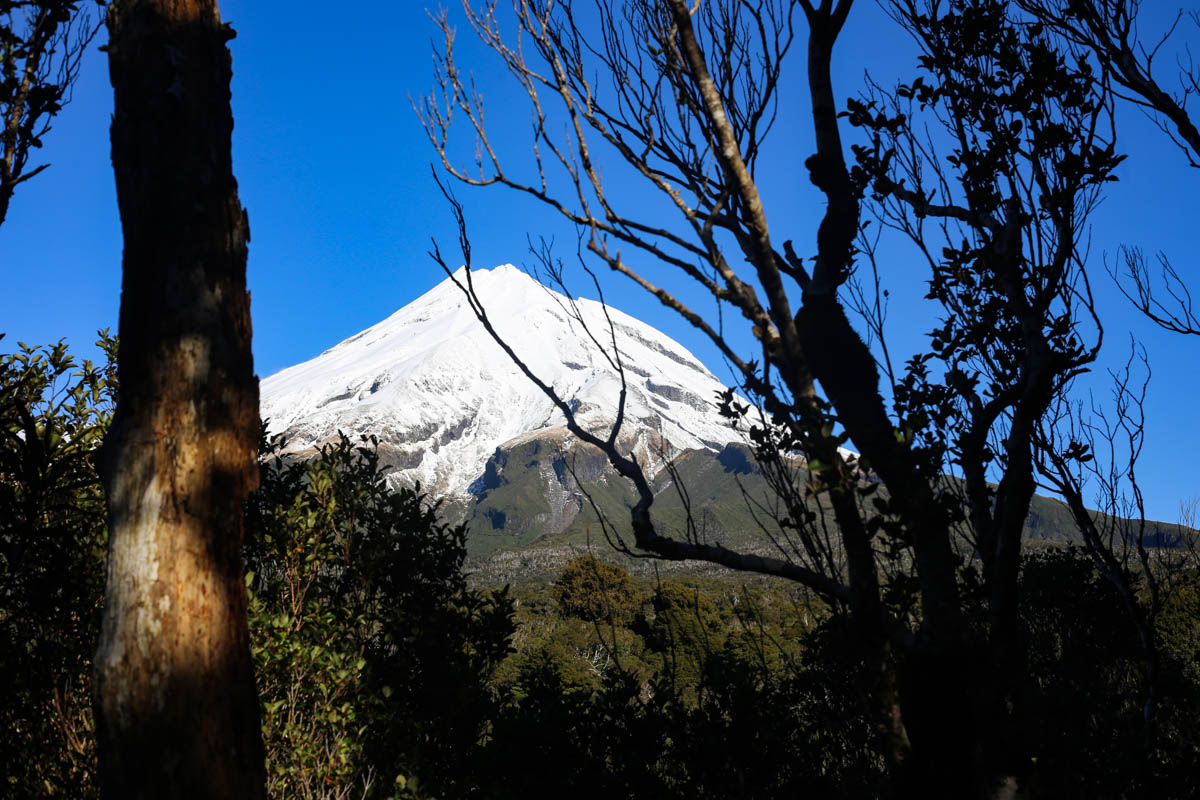
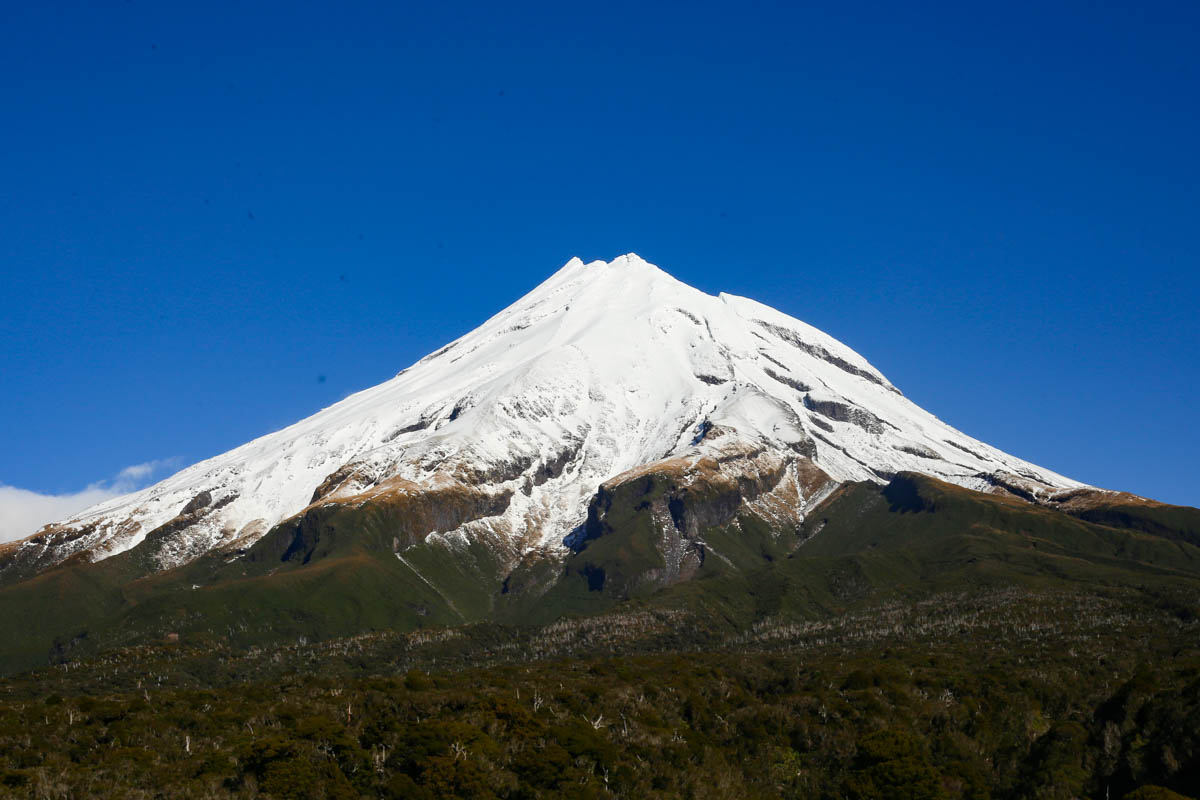


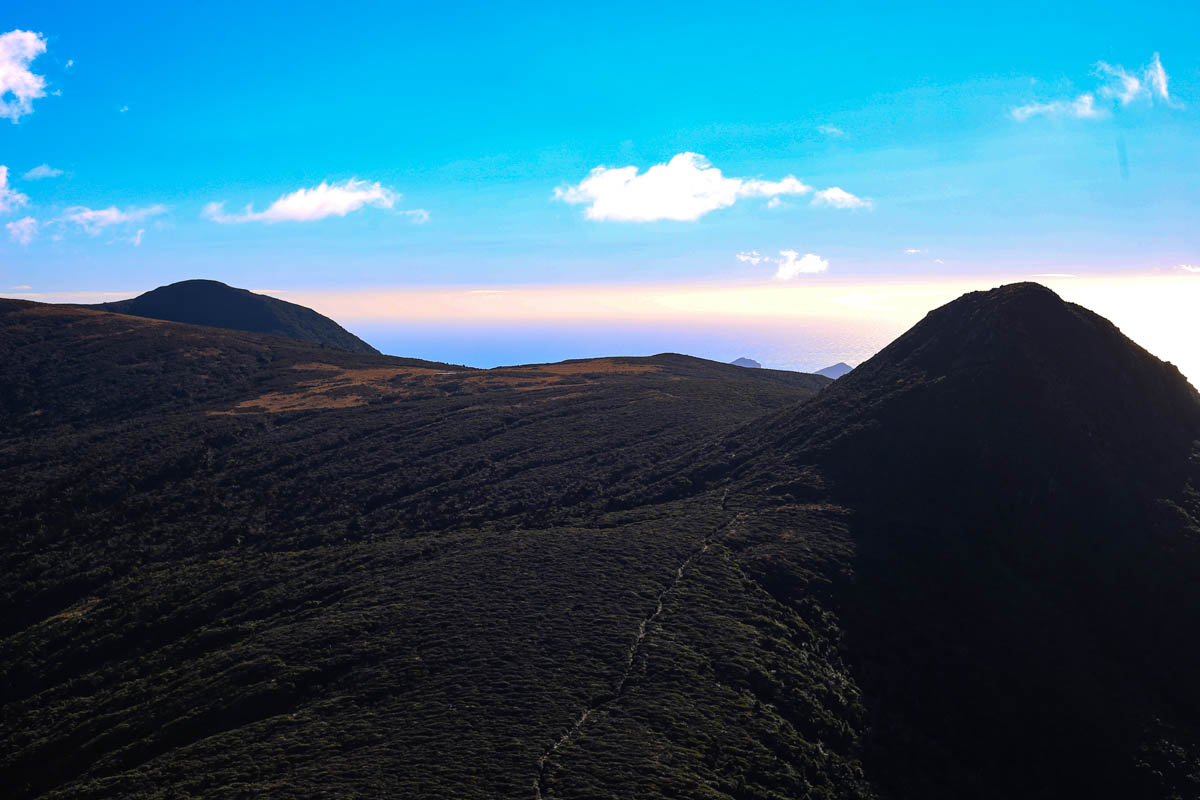
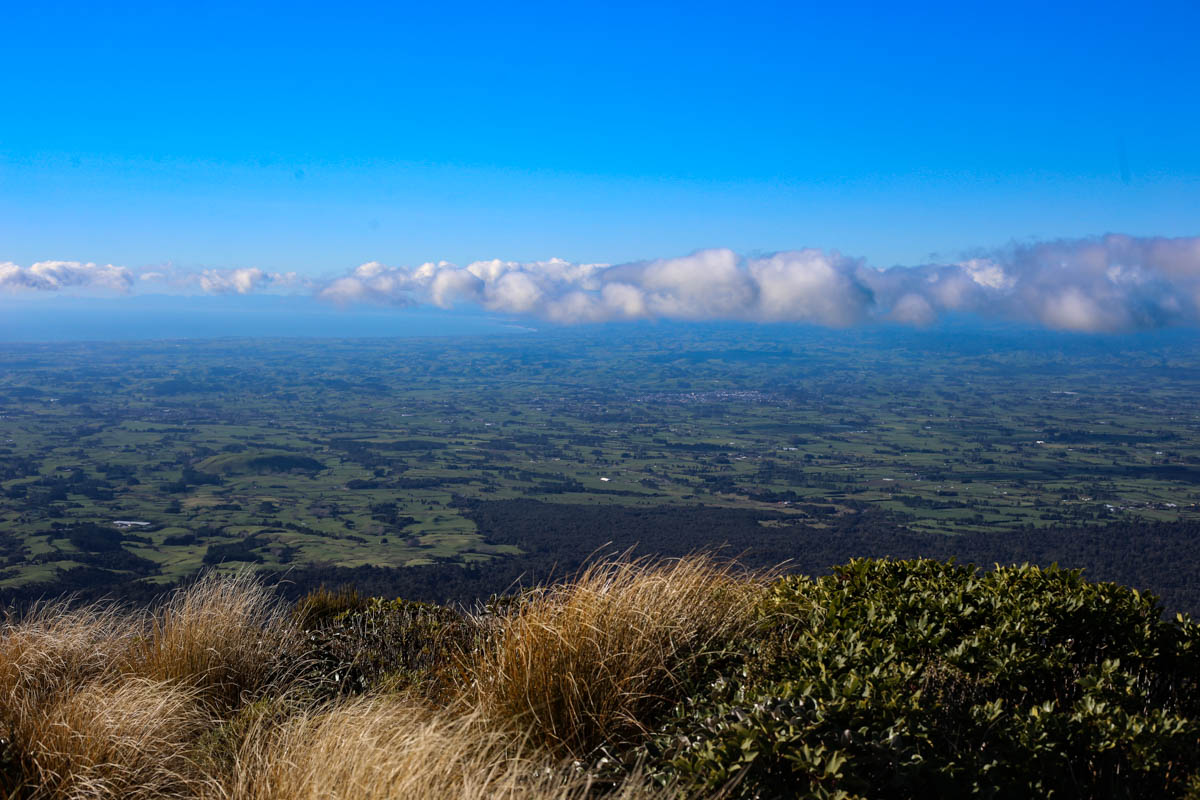
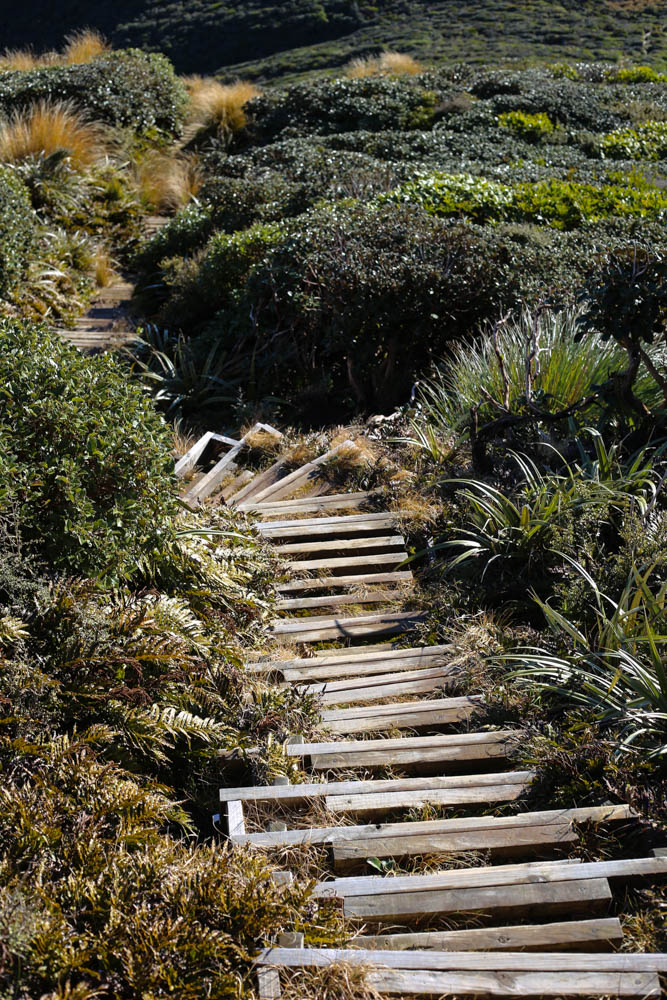
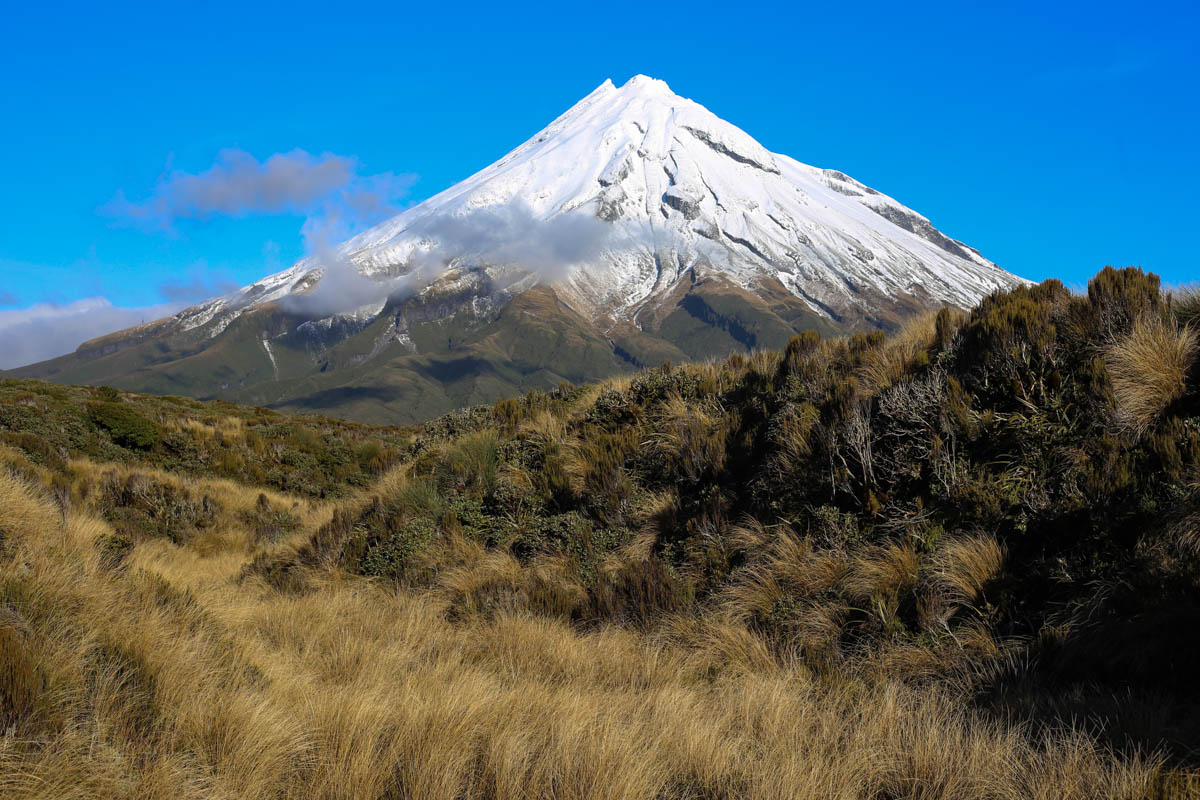
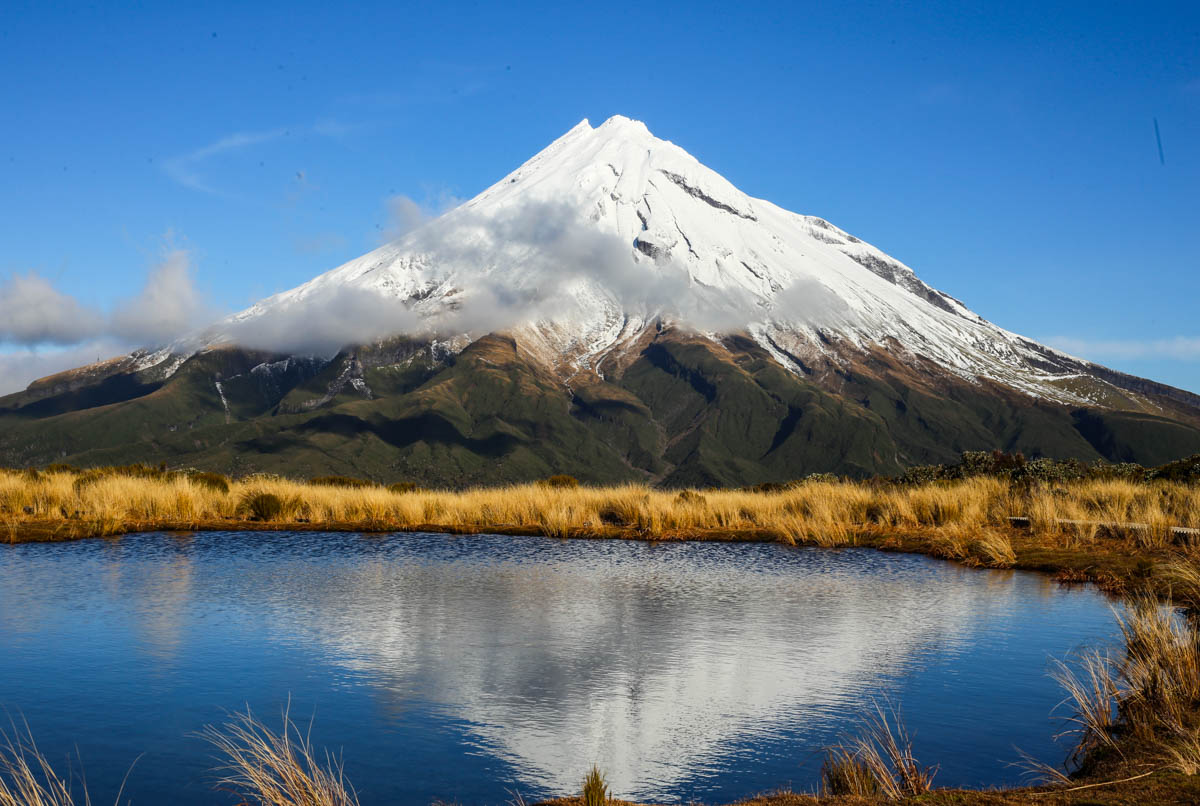
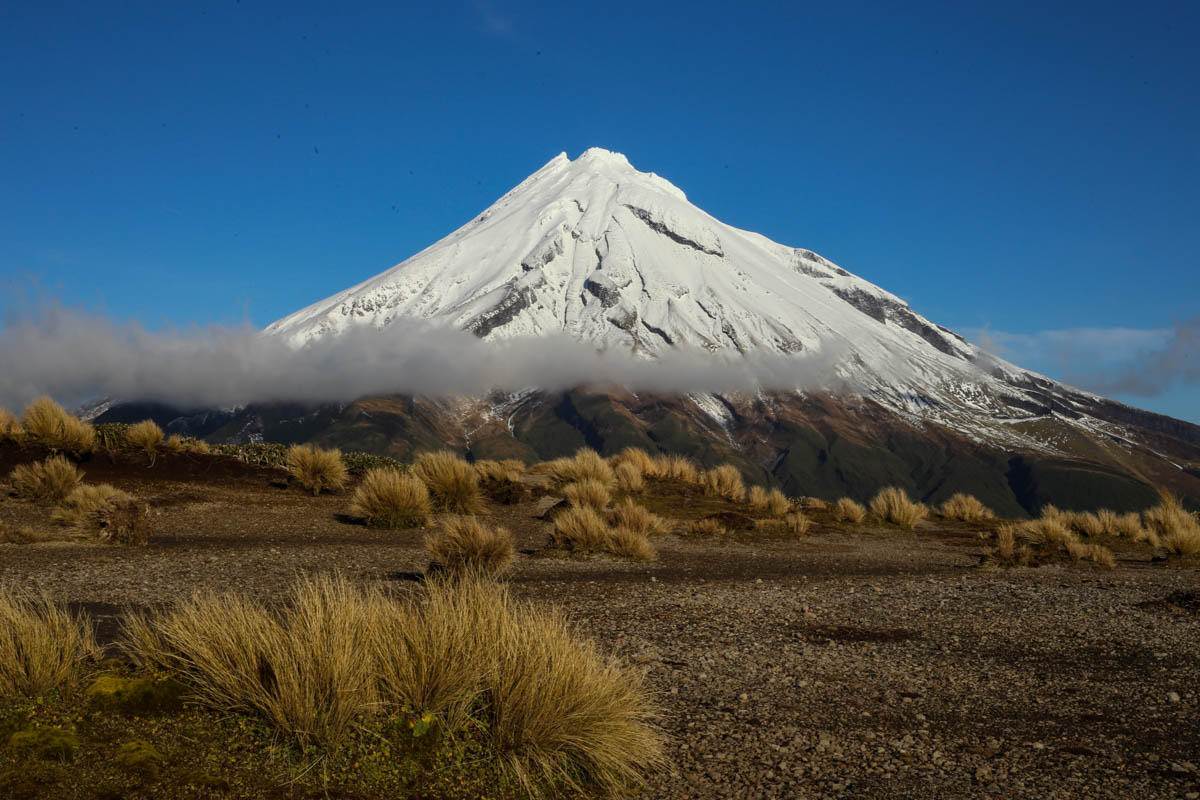
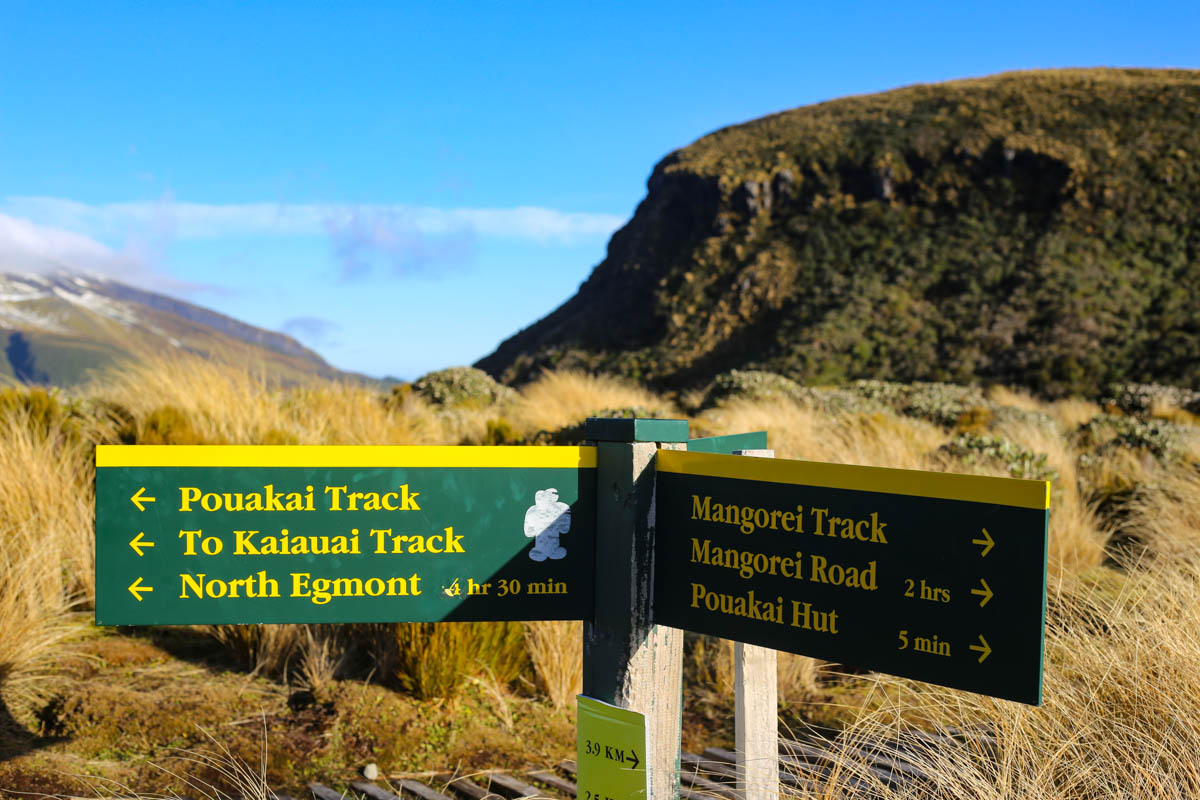
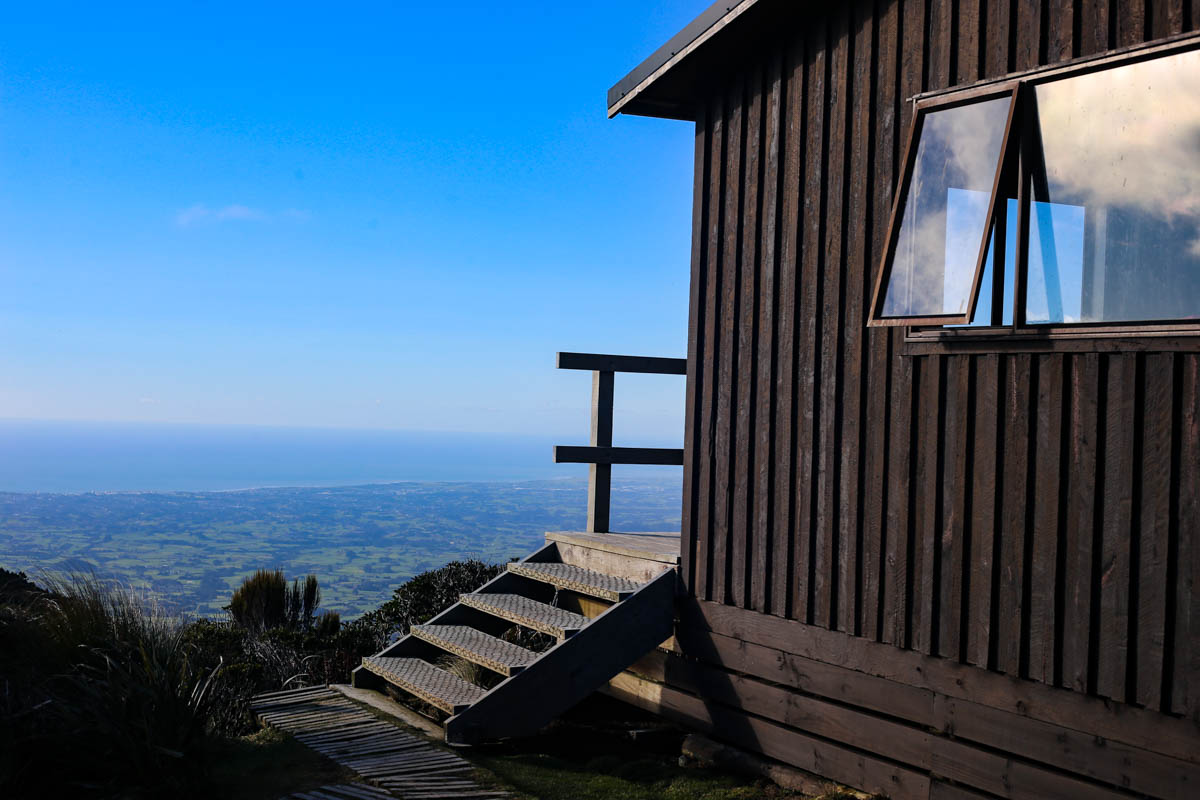
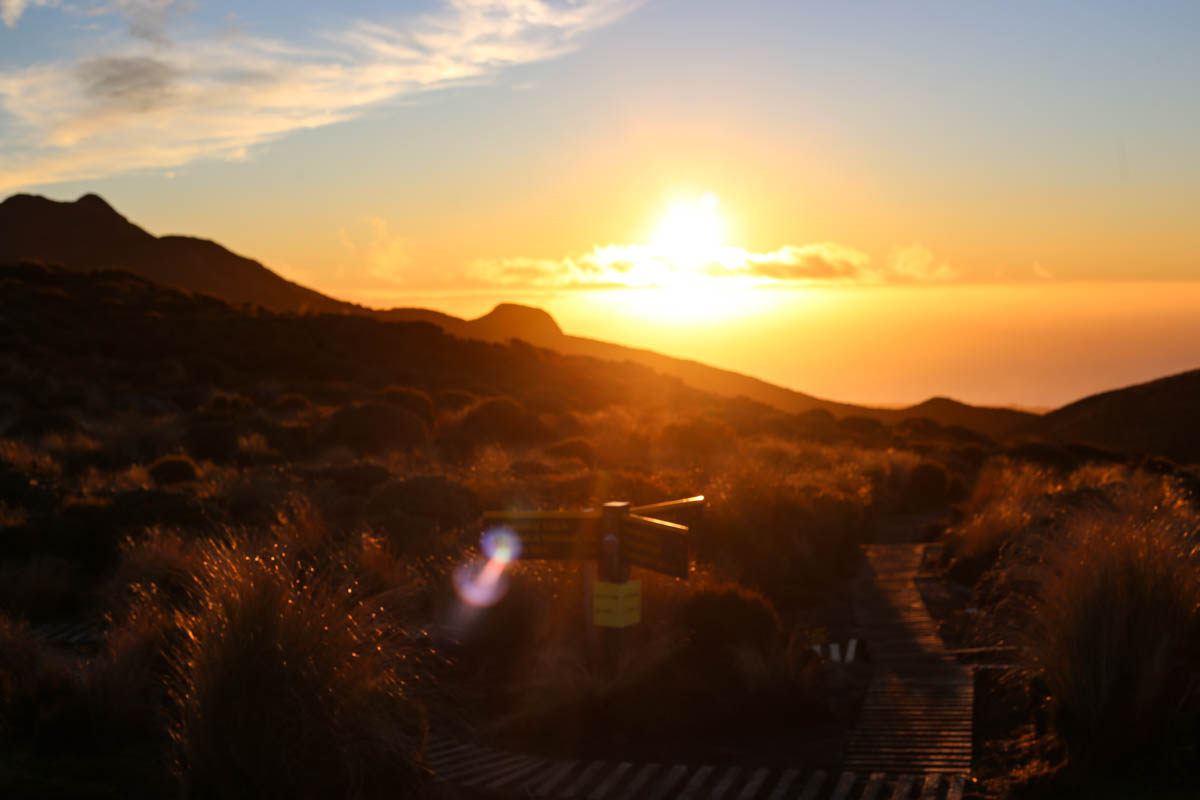
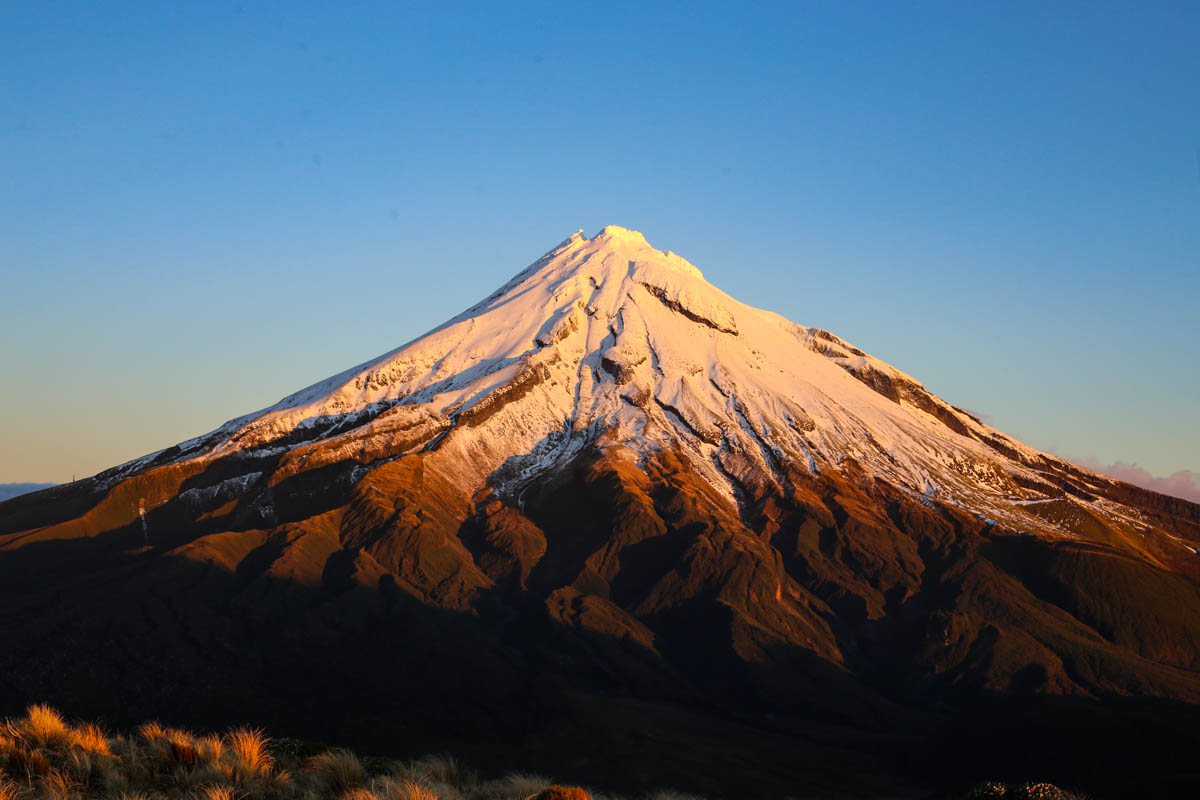
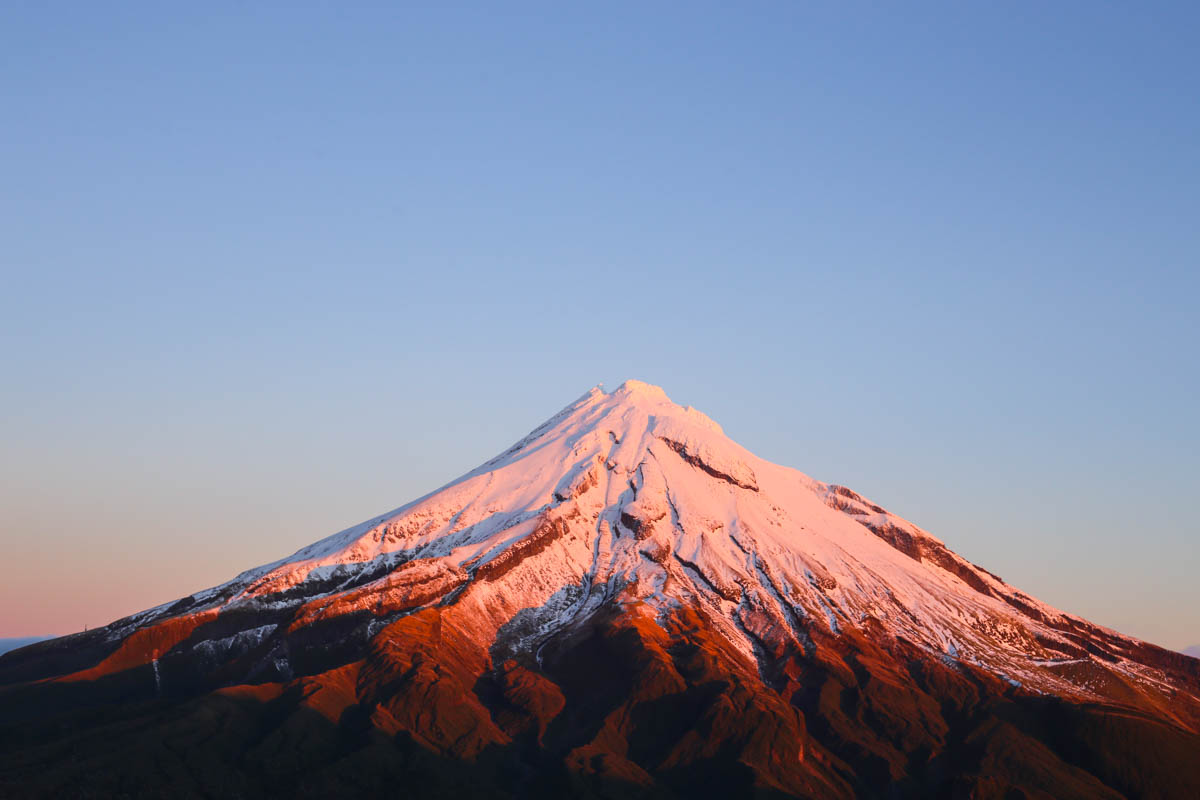
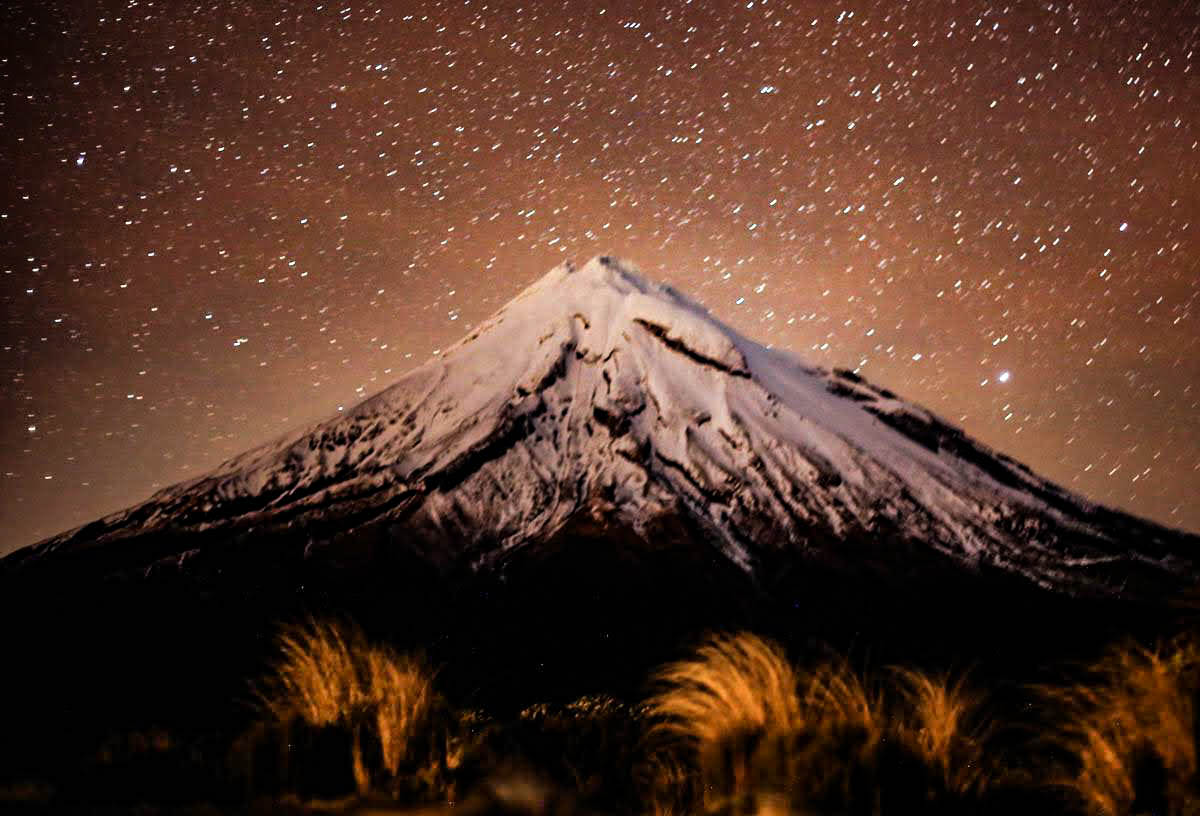
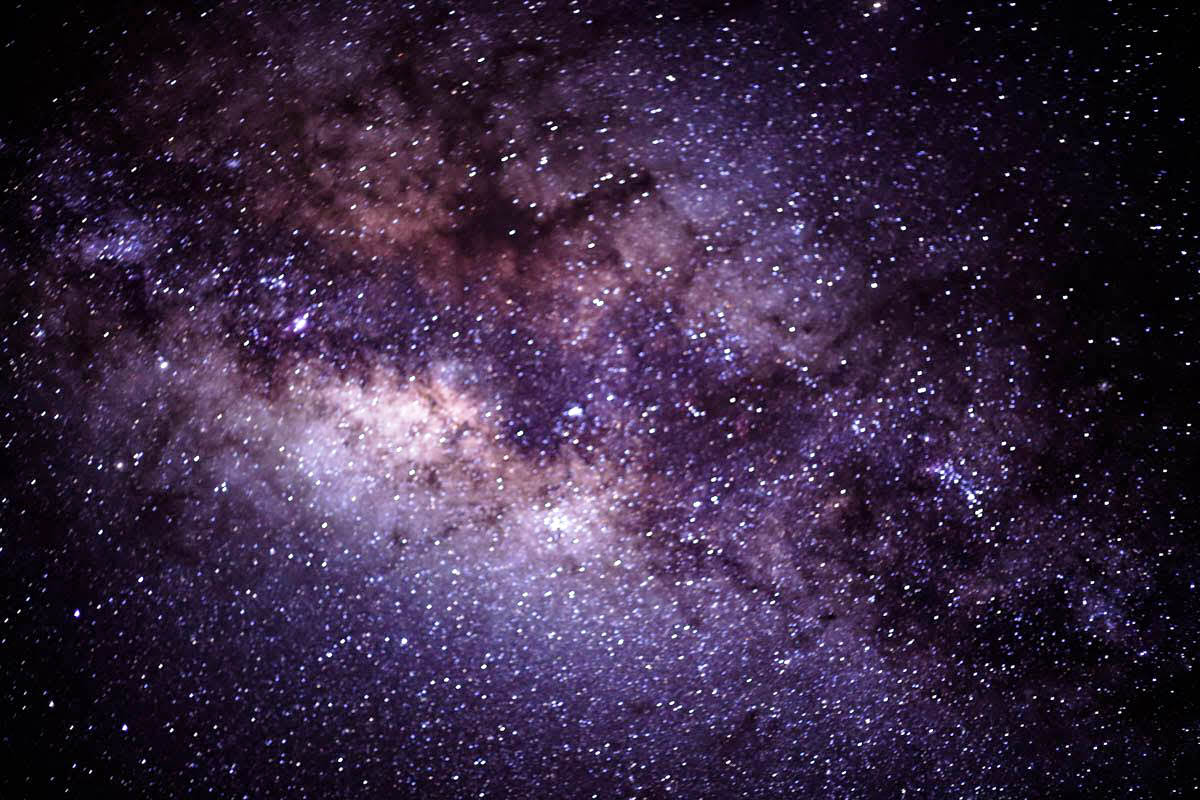
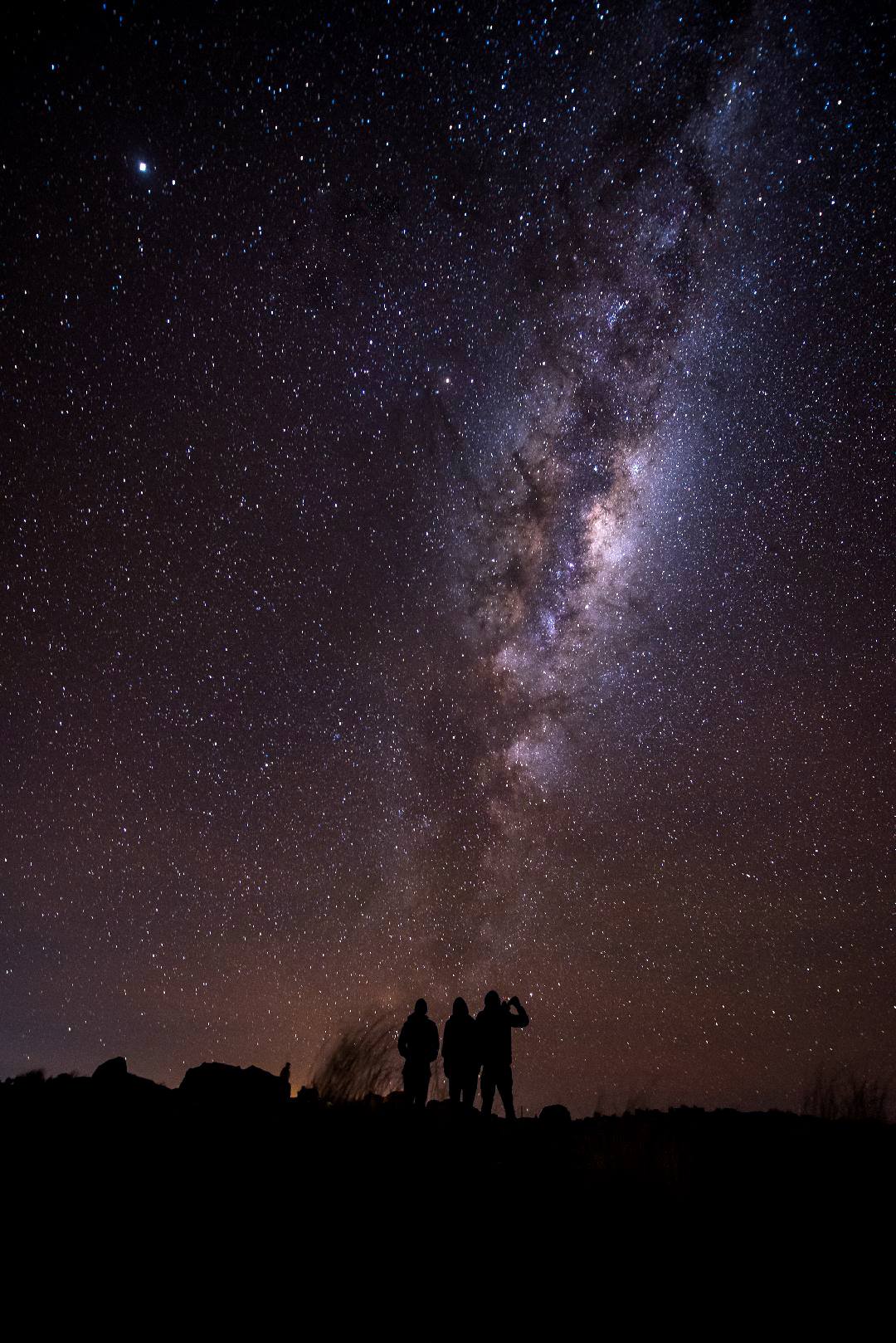
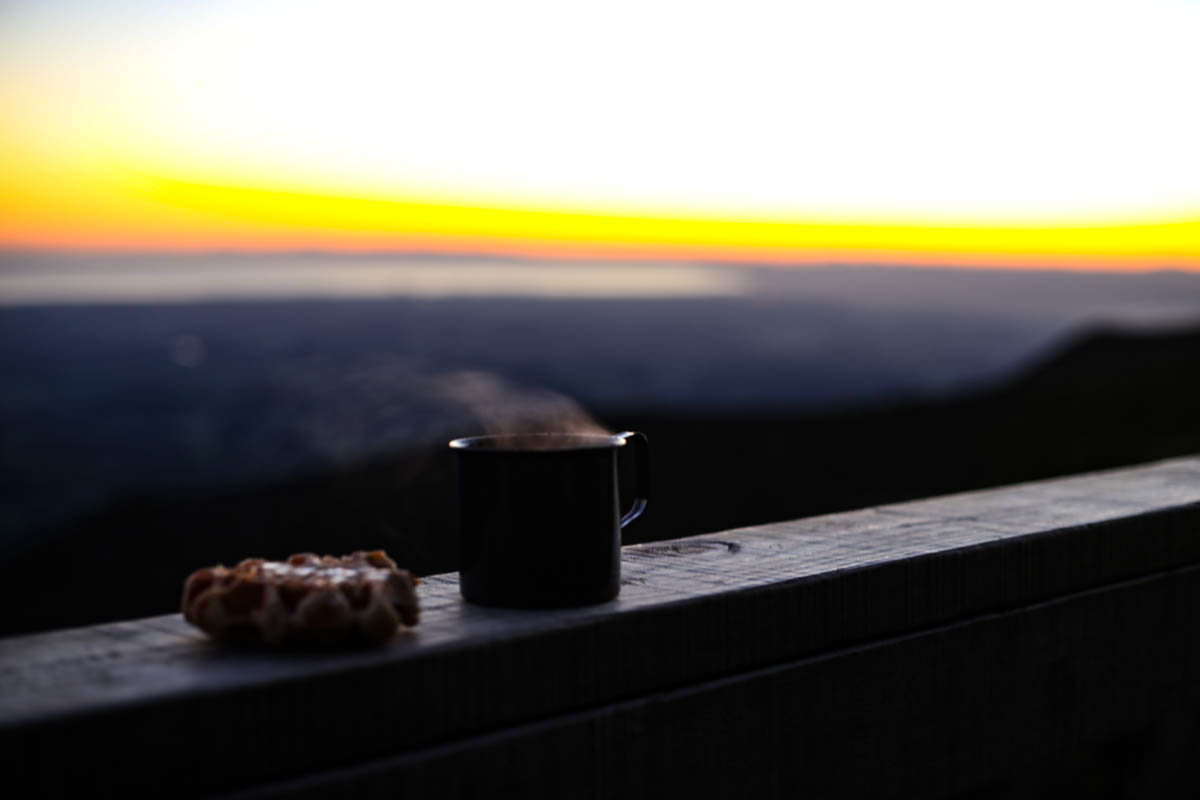

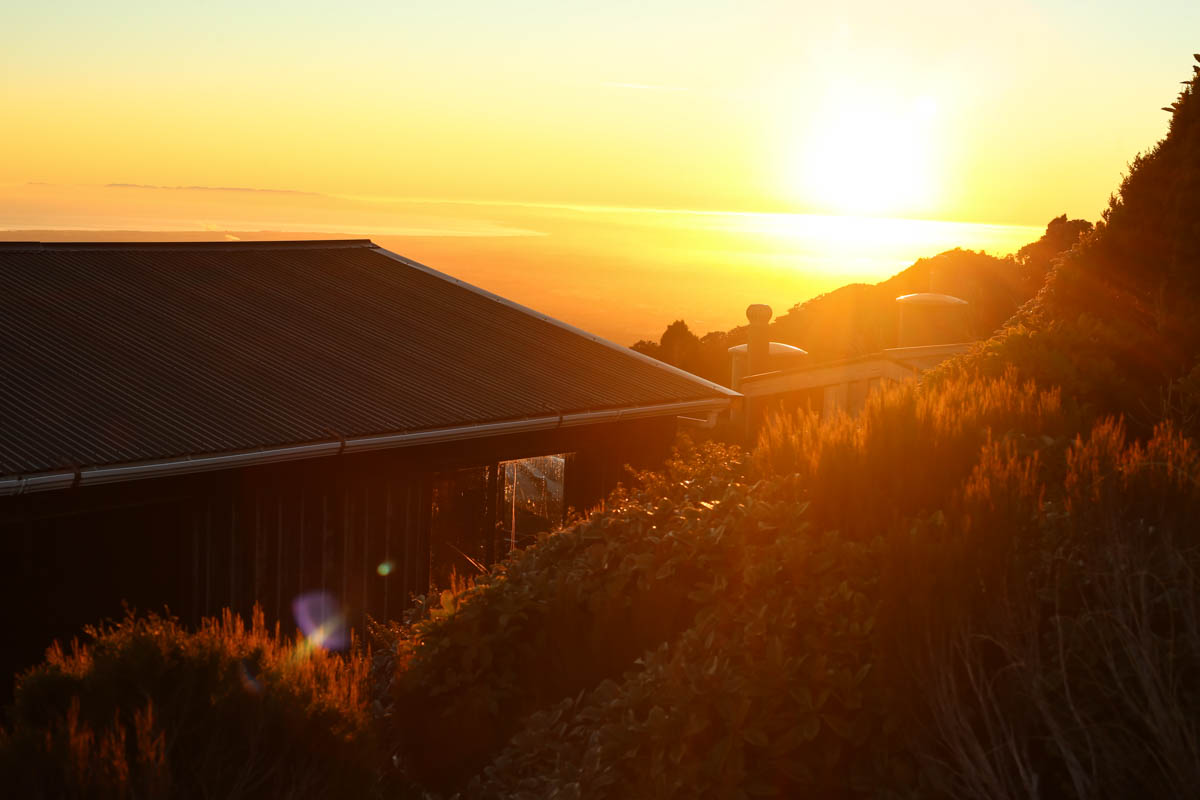
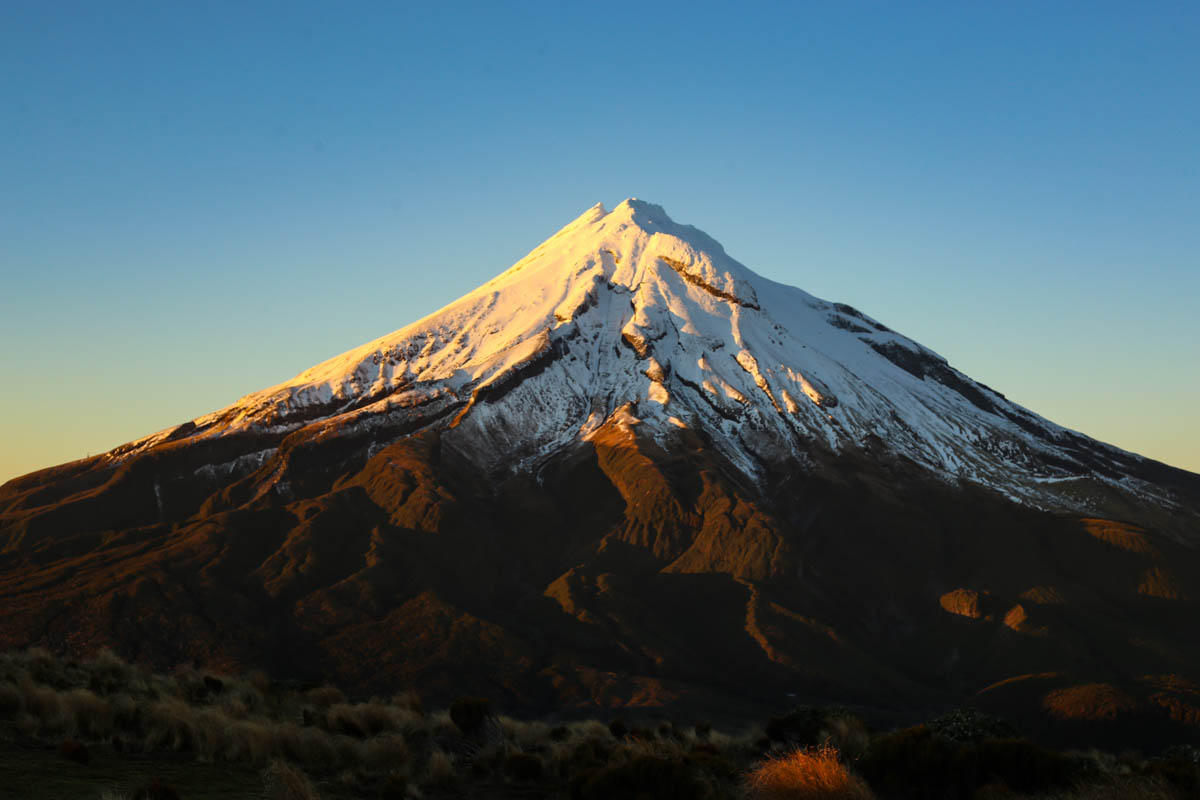
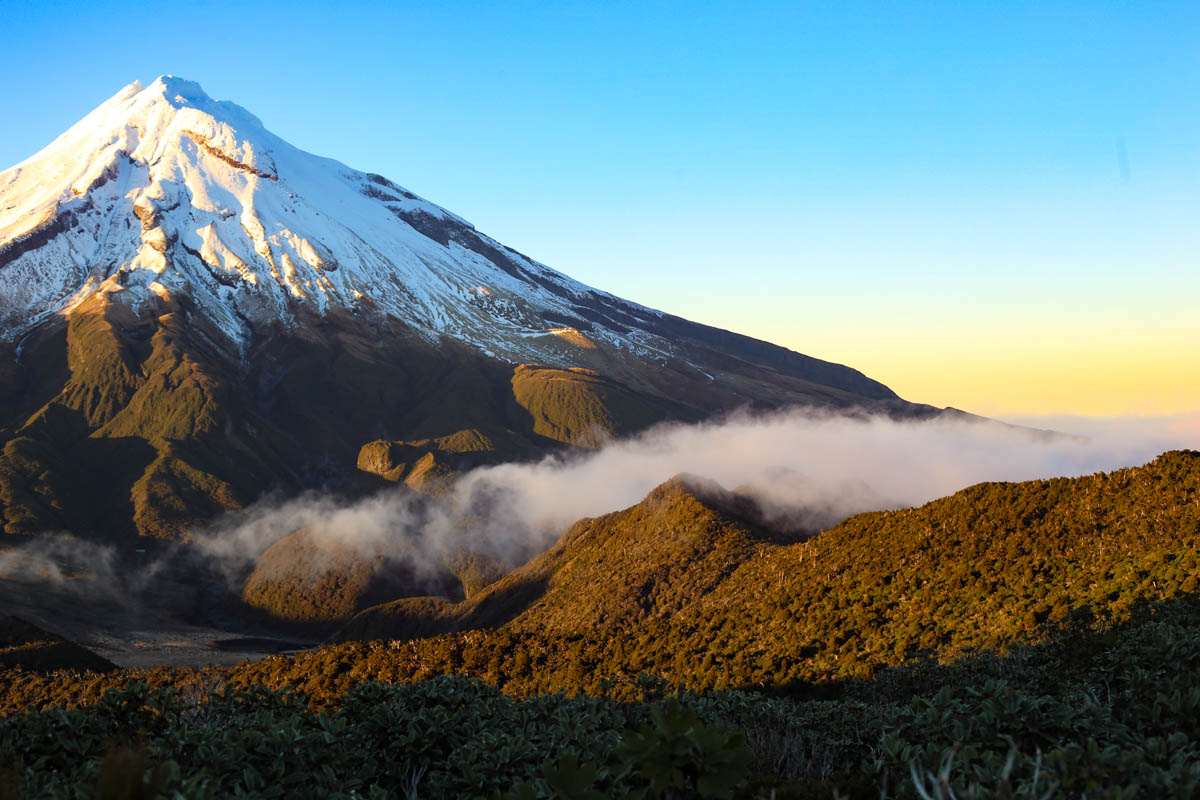
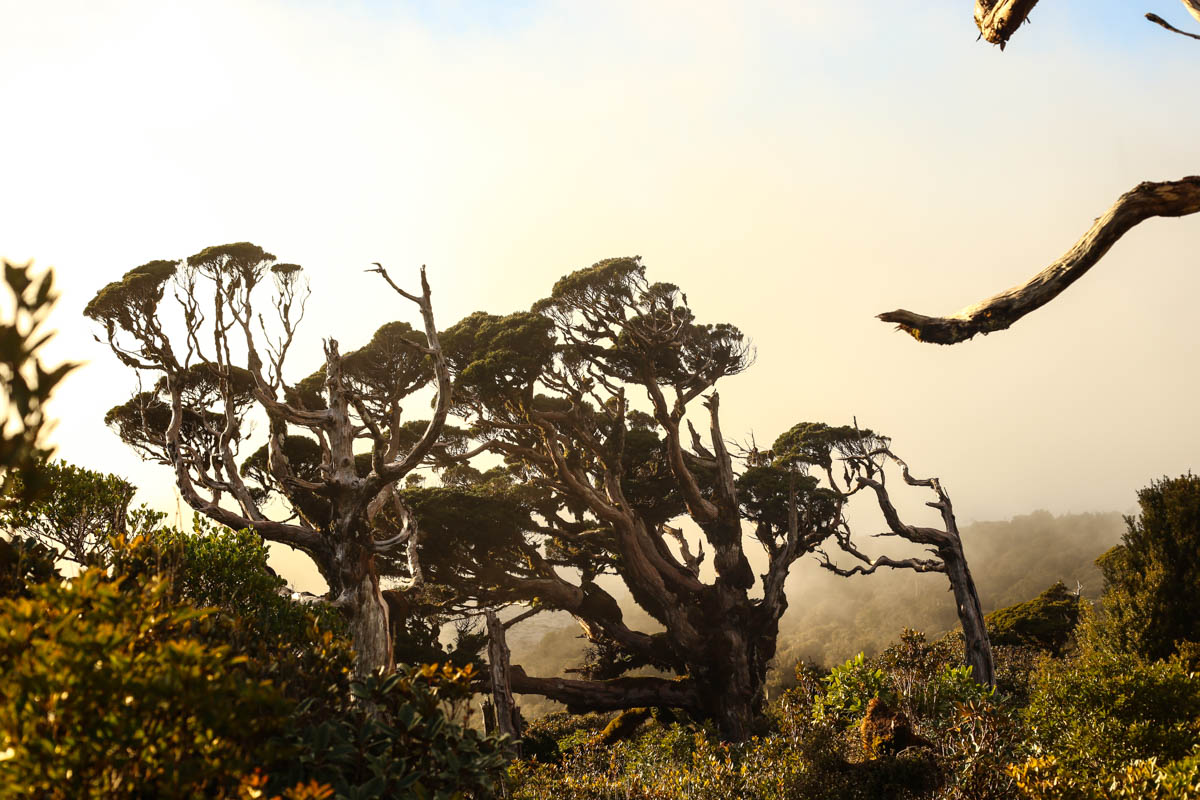
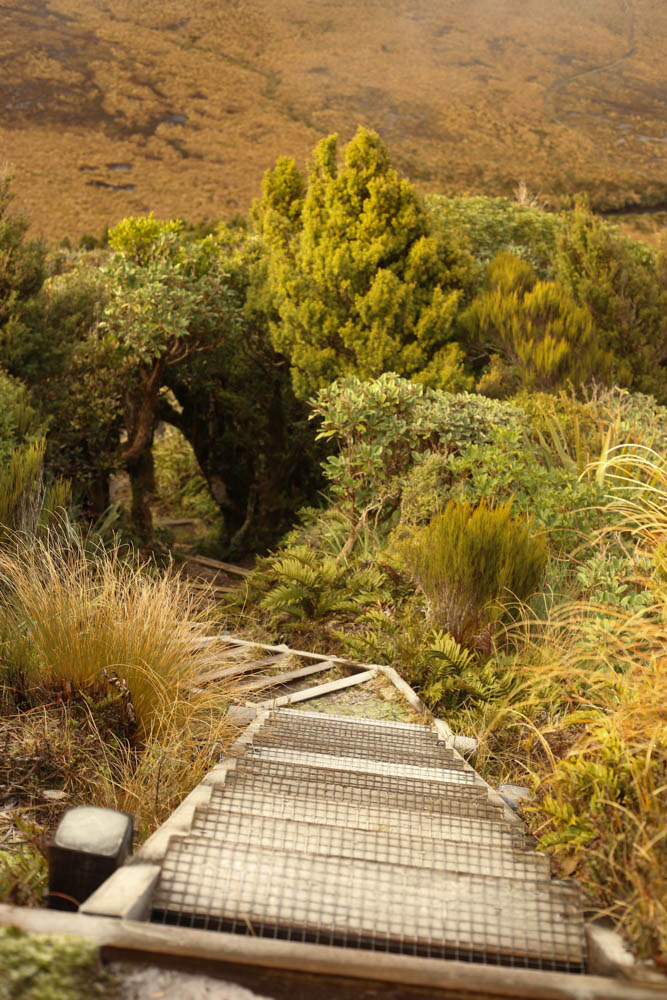
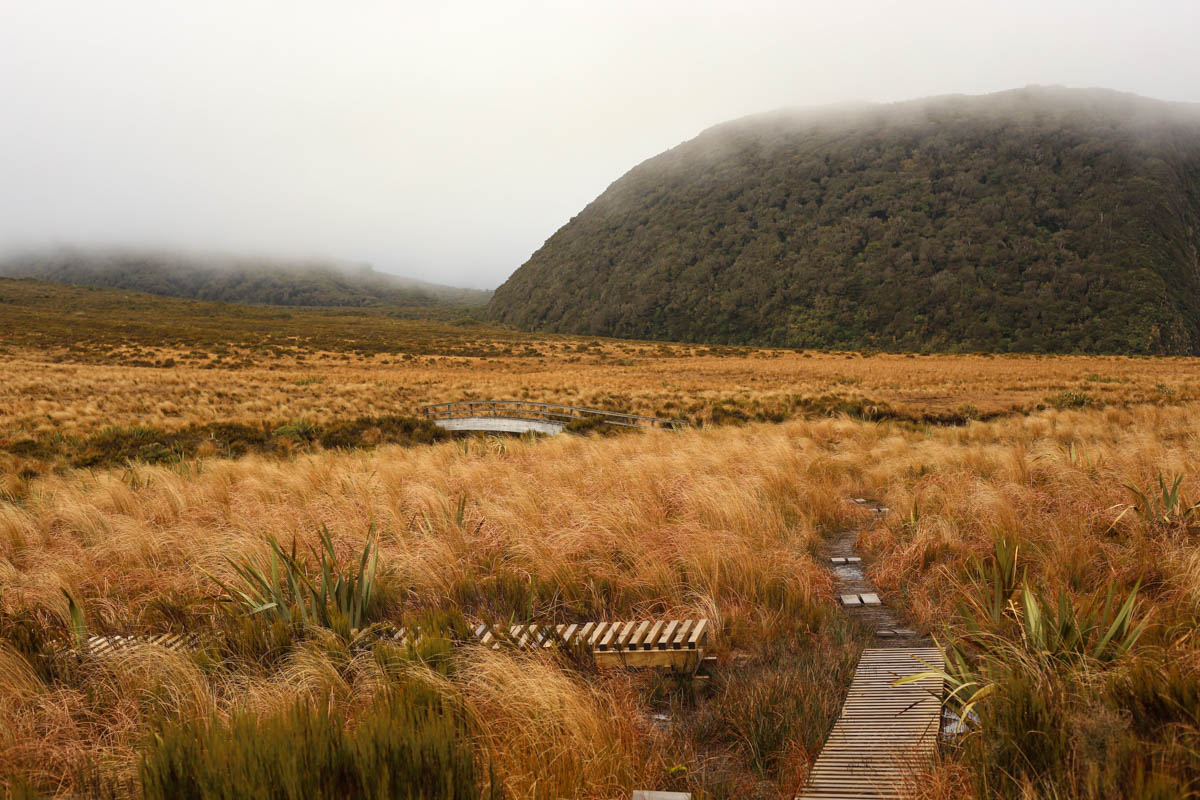
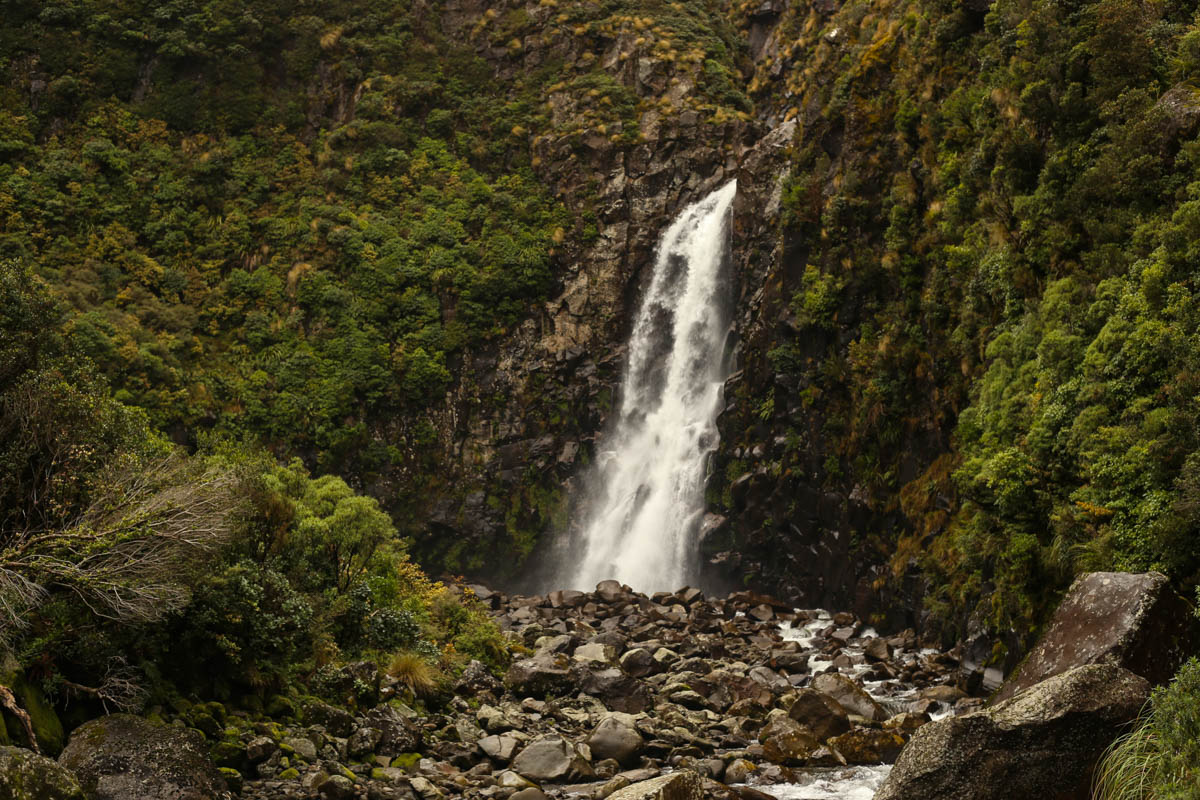
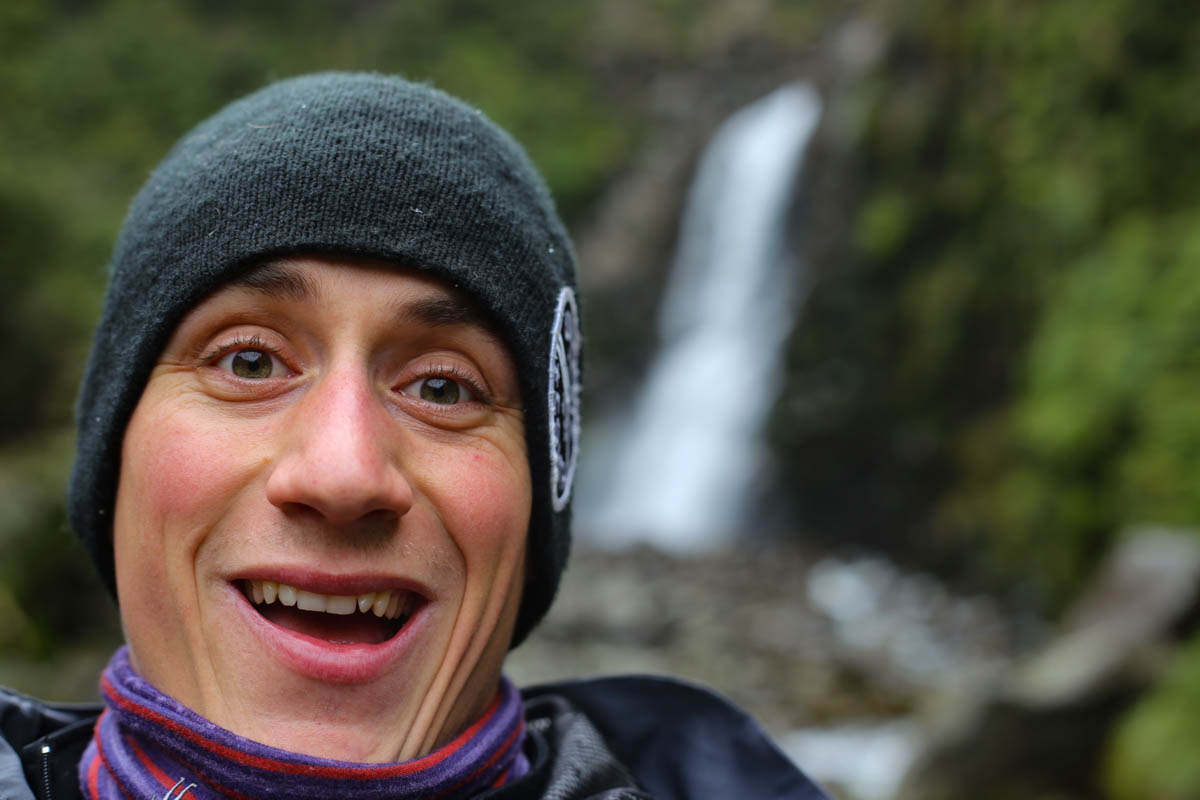
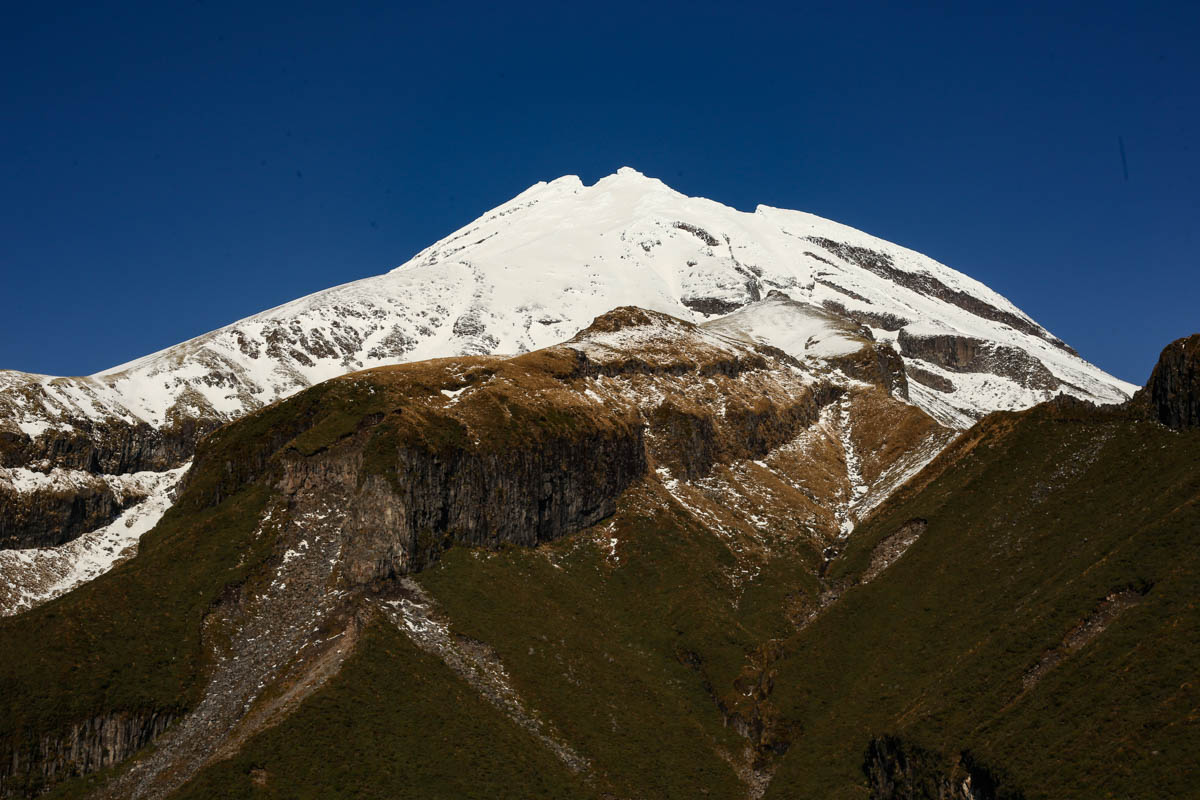
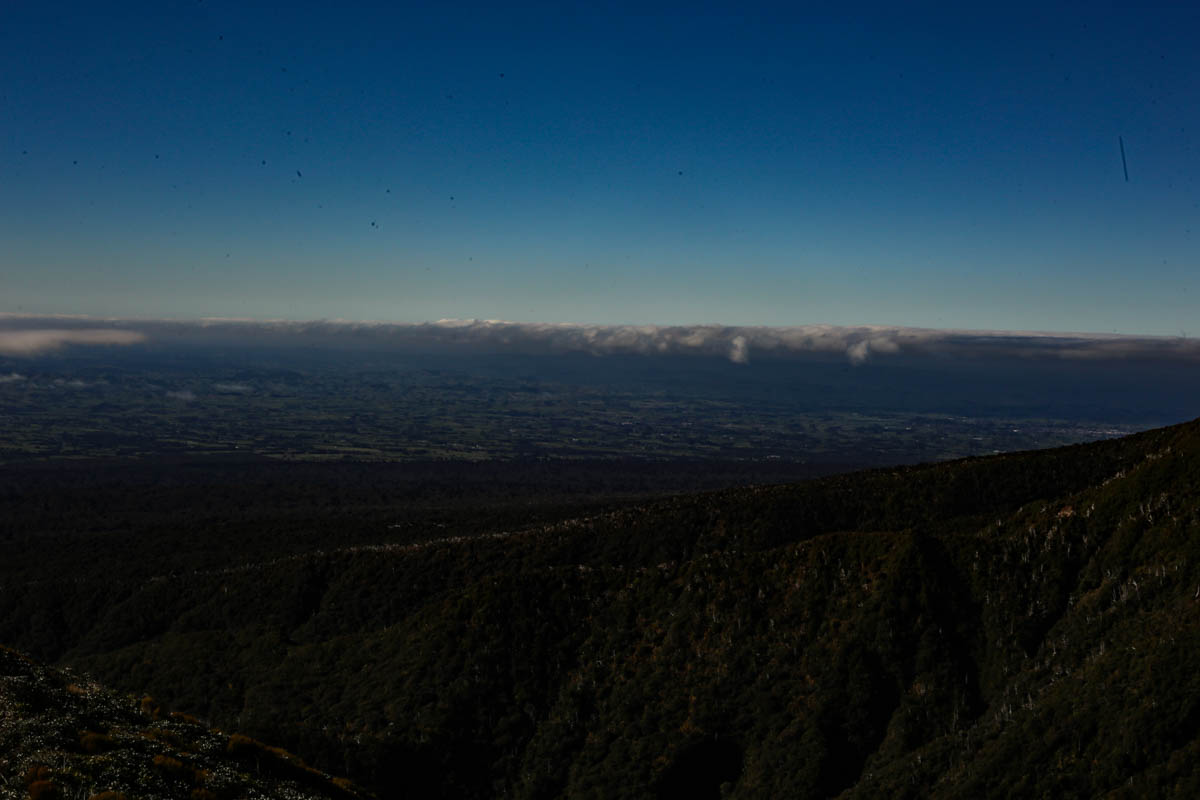
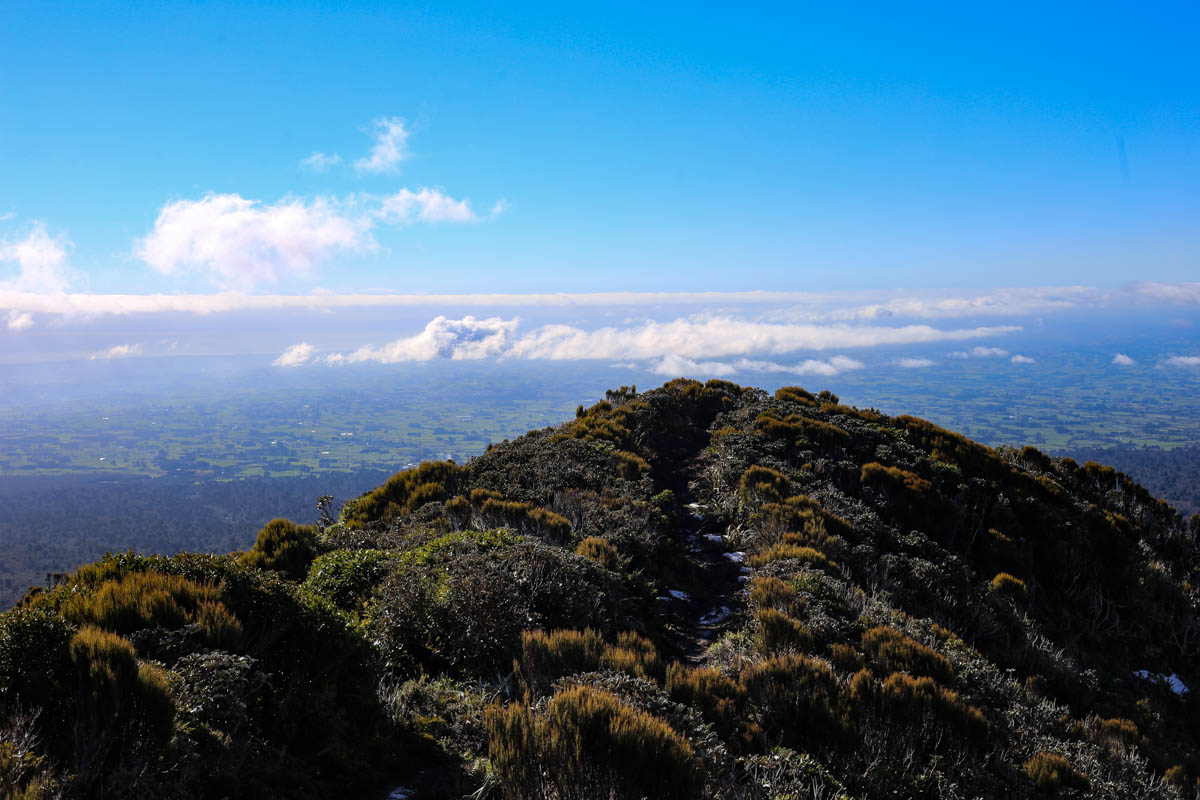
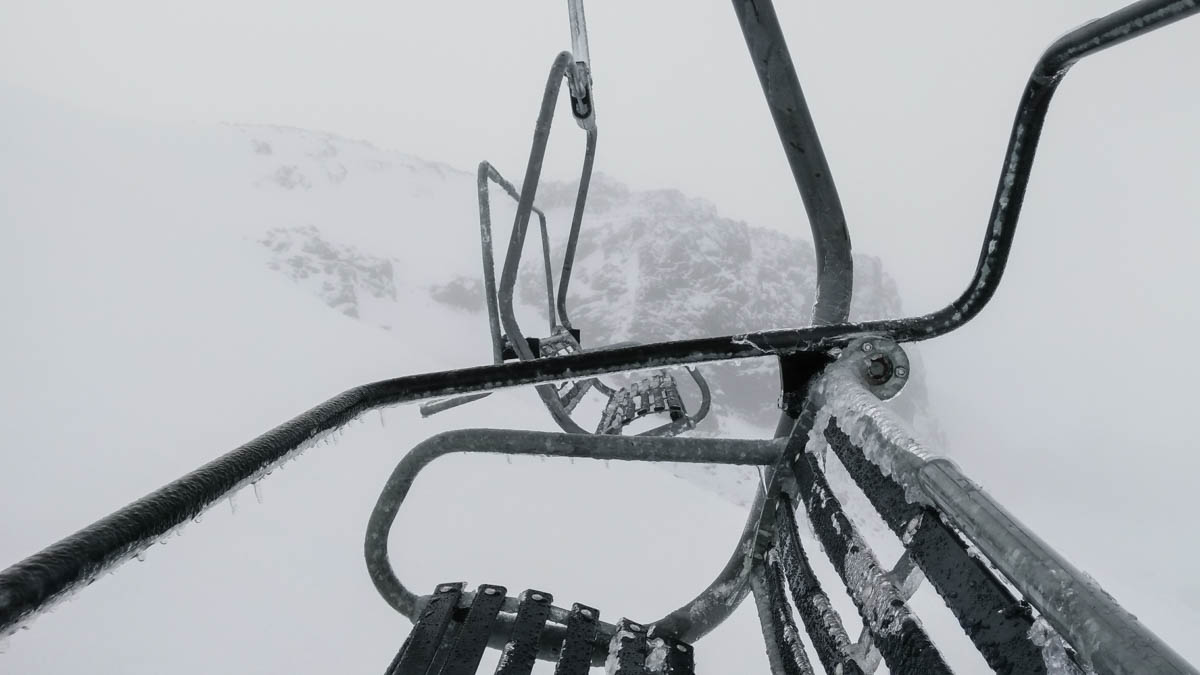
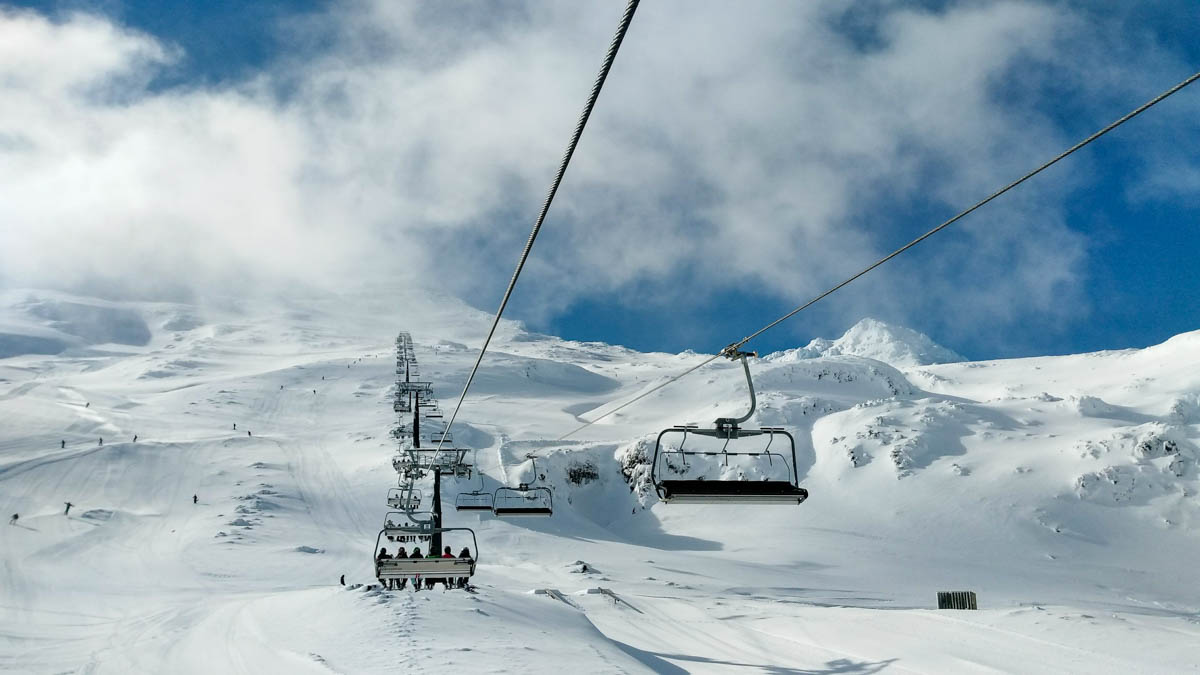
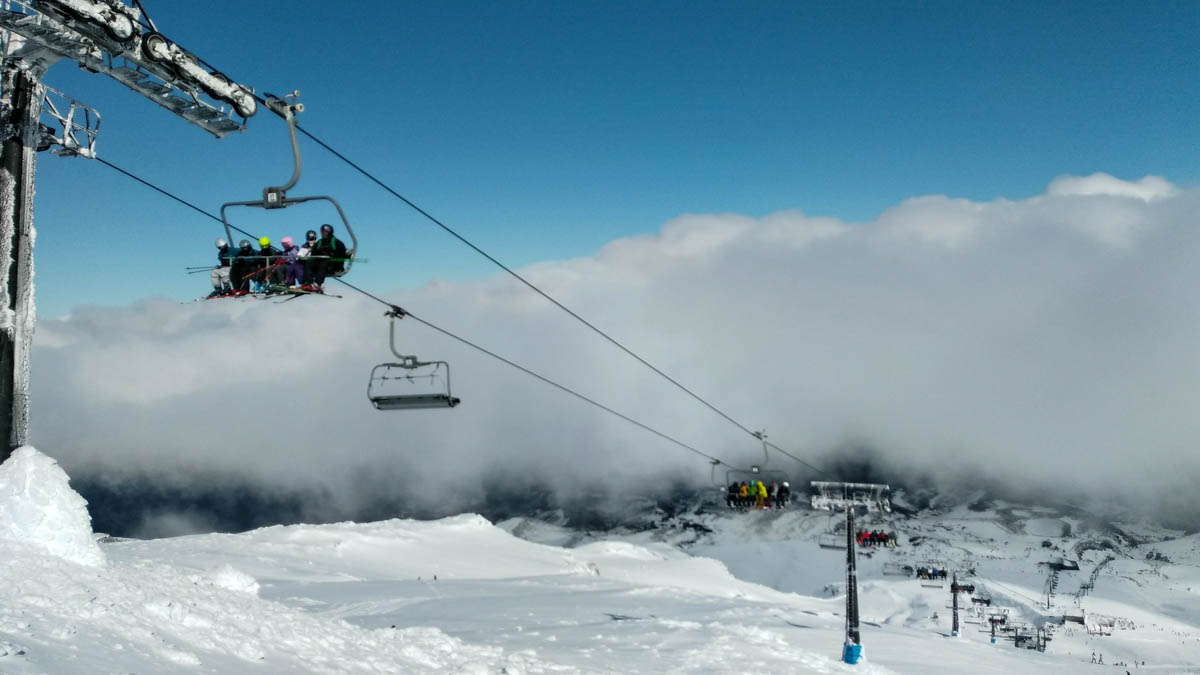
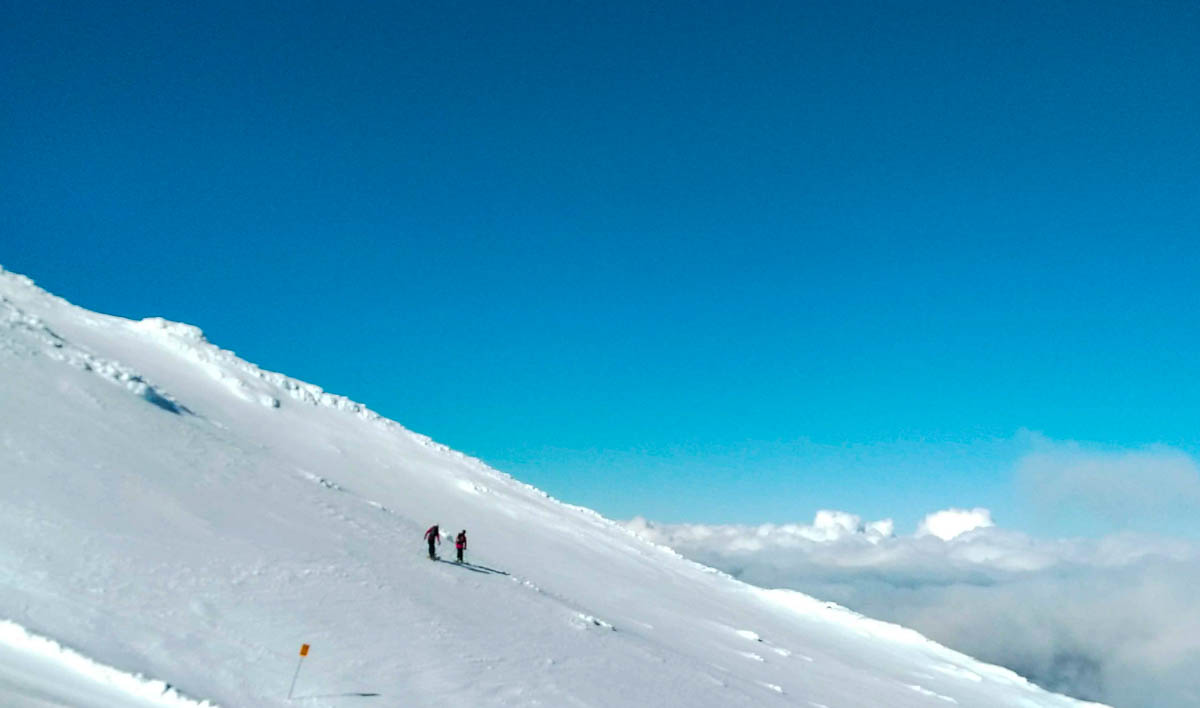
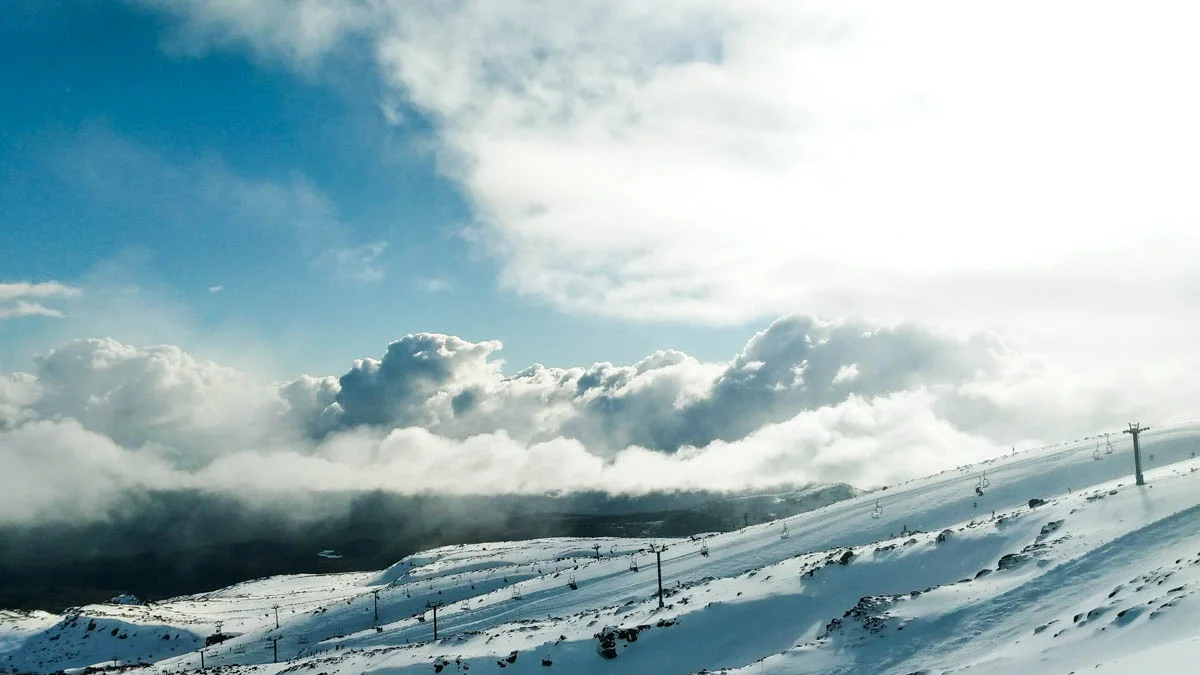
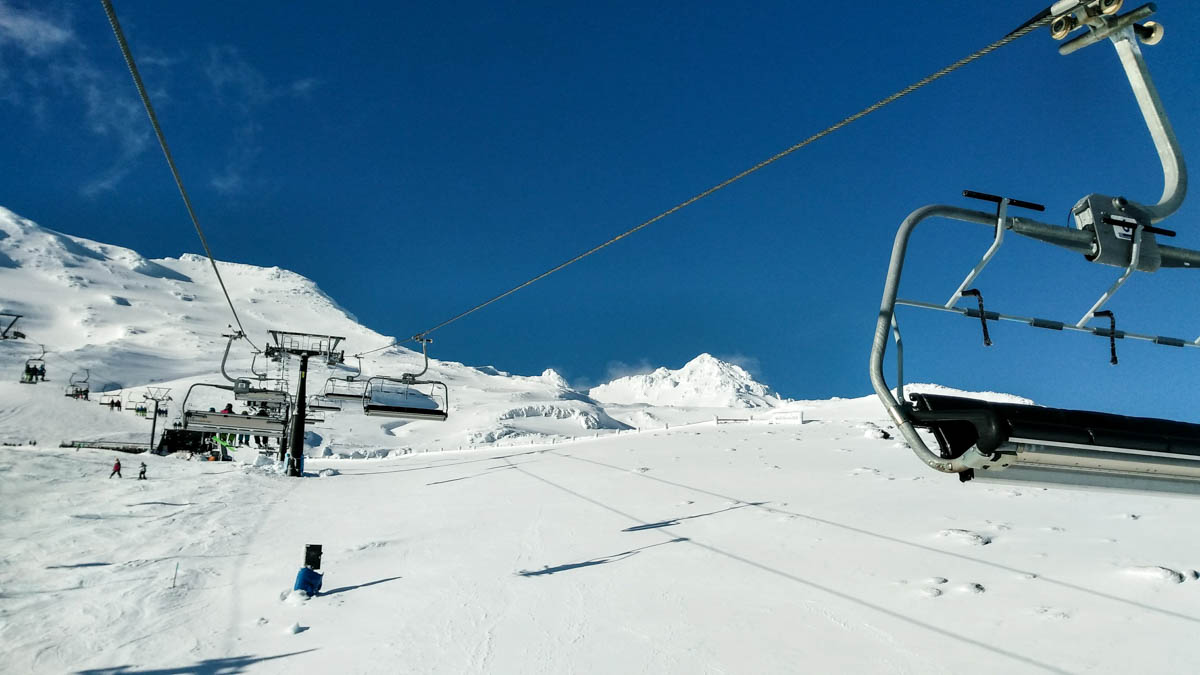
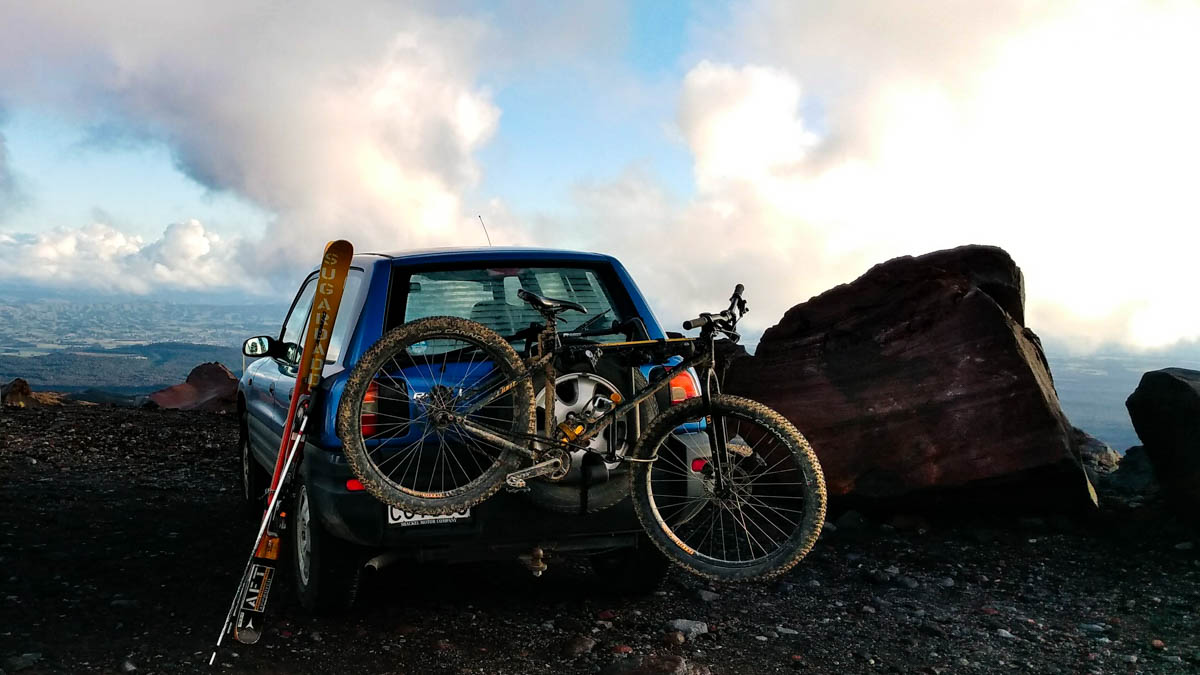
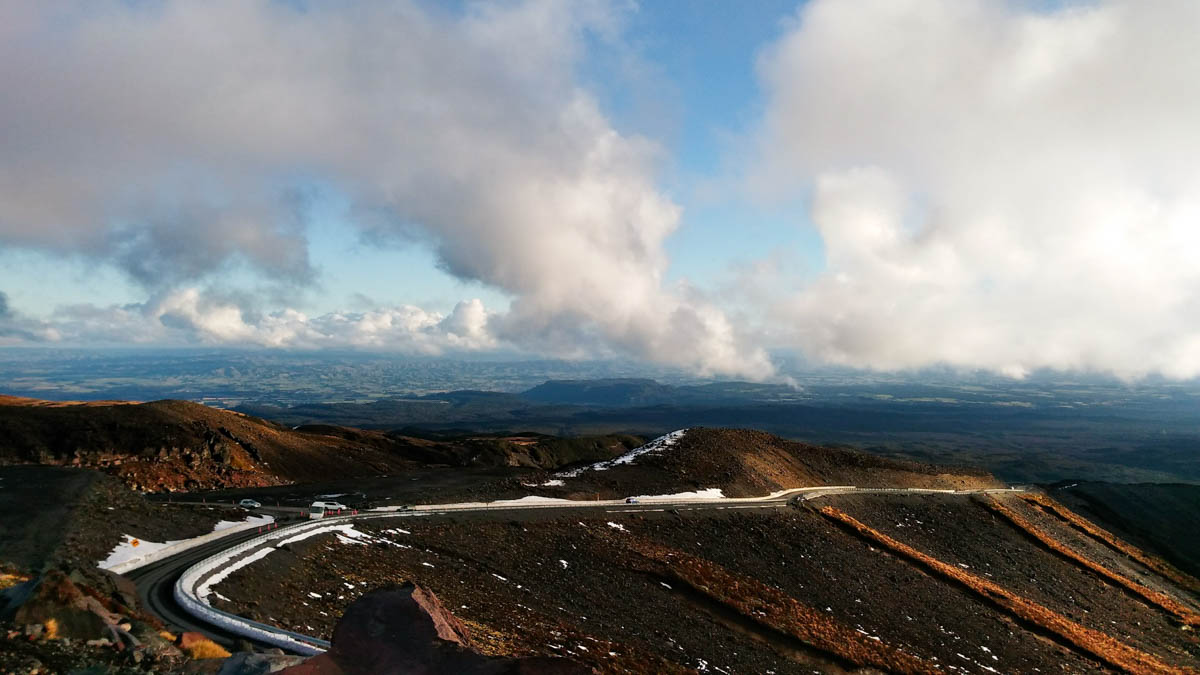
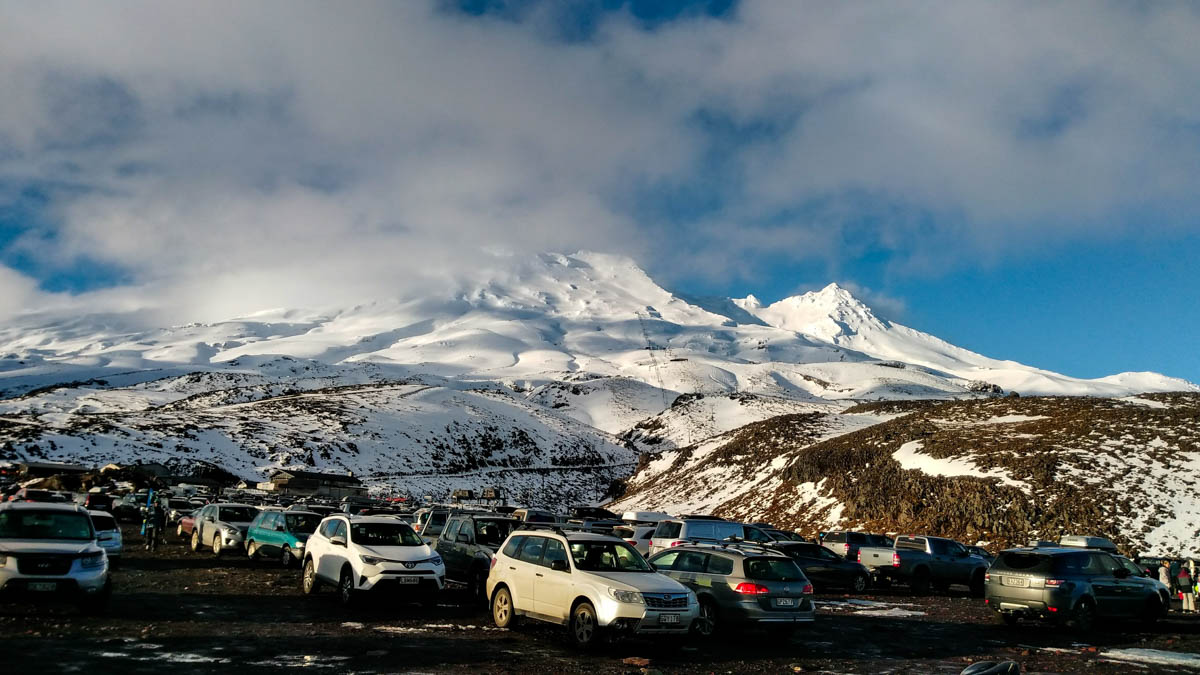
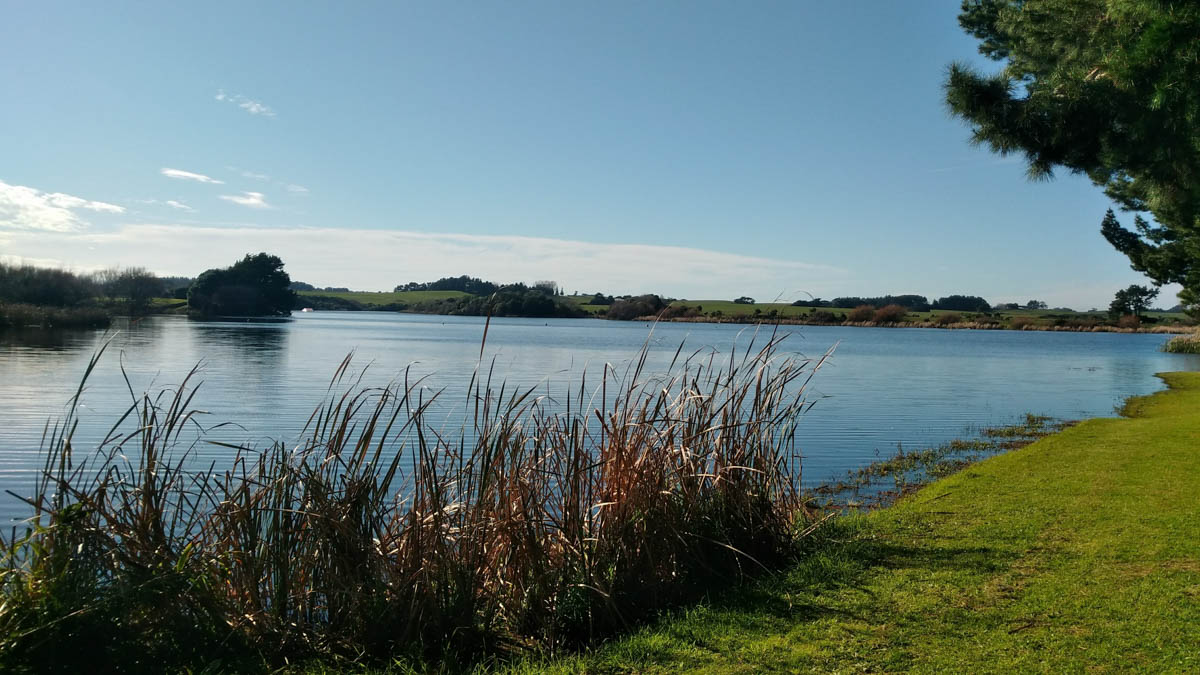
Man o' man, how time flies when you're having fun. I remember first arriving here and meeting some pitiable, bitter souls facing down the impending end of their working holiday visas, how far off those troubles seemed then. Now here we are, squaring up on the last month and a half of our time in New Zealand, taking stock of what has been a transformational year, and trying to lay some plans for our next steps. And yet there's time for all that to come, there were some mountains I needed to get involved with before I could even consider putting a bow on my time on the North Island.
Mount Taranaki is an iconic North Island volcano that had been on my list since before we left the US as one of the best hiking areas in the country. This 8,200 foot tall, nearly perfect, cone defines a huge swath to the island's western coast, sending it's circular ring of lava fields out into the Tasman Sea. The North Island is not known for it's vertical prominence, so Taranaki dominates the geography of it's epynonymous region in a staggering way. Initially, I had hoped to climb the peak (often cited as NZ's most gratifying summit), but a couple bad spats of weather pushed back my trip to the region and left the cone thoroughly encased in snow. So I was left with an alternative two day tramp on the Pouakai Circuit, that would wind up being an incredible, passion-reaffirming trip.
“Only the blaze of the peak popping out of the trees assured me that this hike would not be in vain.”
The Pouakais are a low range of hills, the remnants of an even older volcano in fact, that sit just north west of Taranaki, threading the narrow gap between the peak and the sea. I set out from near the visitor center- Taranaki being the country's second oldest and by far most circular national park- on a stunner of a day wandering through the dense native bush that covers the lower flanks of the mountain. Naturally, any winter hiking in NZ is bound to be a wet and slippery affair. As I squelched my way down the trail only the blaze of the peak popping out of the trees assured me that this hike would not be in vain. Iconic, is the only real way to describe the end of the first day of the tramp; after I hauled my ass up a long ridge to crest the Pouakai range I was rewarded with unfettered views across to the imposing mountain and down to the ocean on the far side. It's hard to think of prettier stretches of trail I've encountered, with Taranaki resplendent in it's snow-capped beauty and sweeping views down to the coast when you could be bothered to look away.
This, however, is where the trip took a turn for the interesting. After not seeing a soul all day on the track I came across one very photogenic tarn atop the Pouakais. It's a pissant little body of water, but it does hold definite aesthetic value of reflecting Taranaki in it's waters on a calm day...hence making it one of the most photographed spots in the park. Turns out there was a shortcut, past the hut I was heading to from an alternate trail head, and so despite my hours of laboring through the mud there sat a dozen photographers all trying to catch a little bit of the glory for themselves. I snapped a few pics and headed on my way trying to get away from the crowd only to be stopped in my tracks as the sun went down. Not for difficult hiking, but for staggering beauty. The low sun over the Tasman sea positively lit the peak of Taranaki up with alpenglow like I've never seen. In all honestly, it may have been the most beautiful sunset in the world but I wasn't looking at the sun. My eyes were too glued to the glowing, mountainous glory.
“It’s a tricky thing shooting the stars.”
Turns out though that a couple of those photographers were after more than just a quick day shot at the tarn. One group, a large family on holiday from Korea (that I have to say fit the photophilic Asian stereotype to a T) had taken over one of the bunk rooms. Meanwhile, another couple traveling photographers arrived (perplexingly) right after sunset. I had the fire cranking and a full belly when suddenly everyone, packed up and marched out into the pitch darkness. I poked my head out to see what they could be doing and caught a breathtaking view of the milky way arching from horizon to horizon. Needless to say, I threw on a jacket and chased everyone up to the ridge where I was to get my first lesson in astrophotography.
It's a tricky thing shooting the stars, and I was by far the biggest amateur in the bunch. With a little guidance though, and a kindly lent tripod, even your boy (the shaky image extraordinaire) was able to get a sensor full of milky way. The proof is in the photos. All the while, the family was absolutely blowing me, and the backpackers, out of the water with their setups and astrophotography knowhow. Elaborate light trail setups, super wide angle lenses, and a fair shake of experience had that family turning out some stellar (get it) shots. In the photos above you can see a shot where we modeled for the mom, and check out what a real star shot looks like.
The next morning, I woke to a frozen landscape. The night's dew left everything covered in a fine coat of ice, especially down where I was headed. Into the shadows of Ahukawakawa swamp. From the hut, the trail descended a steep ridge down below a low-hanging bank of fog that transformed the walk from mountainous glory into the dead marshes. The Pouakais trap water coming off the mountain creating a boggy world that turns white every winter morning as the trapped water freezes. I'm not sure if slipping on ice down the ridge and across the swamp was a better option than slogging through thawed mud. But it did certainly make for some very interesting hiking.
“t was great to have a tramp like this to bring me back under the backcountry ether.”
After a quick side-trip to a nearby waterfall for lunch, I marched my way along the apron of the mountain eventually popping out of the morning clouds to snap some epic views up to the summit as I worked my way slowly back to the car. To be frank, if every tramping experience wound up like my trip to the Tararuas in my last post I probably wouldn't be at it for long, so it was great to have a tramp like this to bring me back under the backcountry ether. Especially seeing as it may be one of my last tramps in New Zealand.
As I was descending the long ridge of Taranaki back to my car, I looked out east across the breadth of the island and there poking it's head above the clouds- miles and miles away- was another mountain, and a familiar sight. Mt. Ruapehu, the destination of my next adventure. The size of this little country really does get put into perspective at times like this. A clear day and a little elevation is all you need to see with unaided eyes halfway across the island.
“It was time to try my hand at a little southerly skiing.”
Ruapehu you've heard about on here already, it's the largest volcano on the island located just south of mighty Lake Taupo. Mitch and I drove up it's slopes a few months back to a (then) snowless ski field. Well the snows have certainly come here down south, so I reckoned it was time to try my hand at a little southerly skiing.
After some recuperation I loaded back up and headed back to NZ's carrot capital Ohakune, the resort town 20 minutes down the road from Turoa. On the North Island you basically have two options for skiing, both are located on Ruapehu just covering different aspects of the mountain. Turoa lies on the southerly side, boasts the country's highest lift, and most skiable acres. It was a natural choice. Plus, all else aside it is on the side of an active volcano, and how many times do you get to ski that in your life? It wasn't looking like I was going to line up a powder day, given that at any time it has just as high a chance of raining as snowing. So, I did my best to hit the slopes with some sun...suffice to say I was not entirely successful.
After camping just down the road from the hill (gotta love NZ for that) I grabbed some old beater skis from a local rental shop and headed up bright and early to make the most of my day on the hill. Quick rant: This was the first time I'd ever rented ski equipment, and man I get the standard tourist gripes. The boots were so packed out that they were simultaneously uselessly loose, and uncomfortably pinch-y. A tough, and terrible balance to strike. Anyhow, the morning was looking questionable with clouds rapidly pouring in from the west, and as I was waiting to grab my ticket things took a turn for the worse. Rain.
“The snow was still absolute boiler-plate every where I went, but man those views pay dividends.”
What followed was one of the grimmest mornings of skiing I've endured. Alternating between freezing rain, pelting ice, howling wind, and completely socked in fog, I stumbled blindly around the slopes of the hill. On top of all that I'd bumbled my way into skiing during school holidays, so it was uncommonly busy. In all, suboptimal conditions. But, I'd be damned if I wasn't going to enjoy the day, and after a little perseverance, I was duly rewarded. After a morning of deicing their highest lift (High Noon Express, those copycats!) they opened up their highest terrain just as the morning clouds blew out and instantly transformed view from arctic wasteland, to above-the-cloud paradise. The mountain etched in white, with a blaze of blue sky above, and all below us a field of clouds stretching out over the low hills. The snow was still absolute boiler-plate everywhere I went, but man those views pay dividends.
All skiing is above tree line in New Zealand, and it was easy to see why this area is the country's largest. Absent any trees or major landmarks to set a firm boundary of the area it's a bit of a free-for-all. Just ride the lifts up and go where ever you please, just don't go too low because you'll run out of snow, and lifts, in a hurry. It turned out to be a great afternoon of ripping far-flung ridges, dodging families, and seeking out anywhere the sun might have softened the snow from it's concrete state. It felt great to get out on skis again, even if the conditions left a bit to be desired.
So, looking ahead I've got to plan out my final New Zealand adventures to make the most of our final month and a half (gasp). One big item is still on the list: skiing the South Island. My Turoa experience was just an appetizer for the main course of South Island skiing that I have lined up. But all that's a story for next time.
My Route:
Tips For NZ Travellers:
- Lake Rotokare outside of Hawera is a great little camp spot if you're looking for something in the Taranaki region. It's set amidst a bird sanctuary and you'll hear the kiwi calling to each other all night. Plus driving through the protective gates totally feels like entering Jurassic Park.
- You can climb Mt. Taranaki any time of year (given the right gear and experience), but if you're not into battling the snows in the winter the Pouakai Circuit shouldn't be short changed. I'd defend it as one of the best circuits on the island.
- When on the Pouakai Circuit, you'll be tempted to do the Bells Falls side trip. It's an impressive fall, if not mind blowing, but it'll take a solid hour and a half with no rest to check it out.
- Apparently mid-July is still "early season" on Ruapehu (despite that being the equivalent of skiing mid-January). With the typically wet snow the best time of year is spring when more terrain opens and the slopes to to corn every afternoon.
- If you're debating between skiing Turoa or Whakapapa, keep in mind that generally Turoa stays out of the wind a bit more and doesn't have quite as many weather closures. Check the forecast!
- Goes without saying...don't be like me and ski in the middle of a school holiday for no reason.
